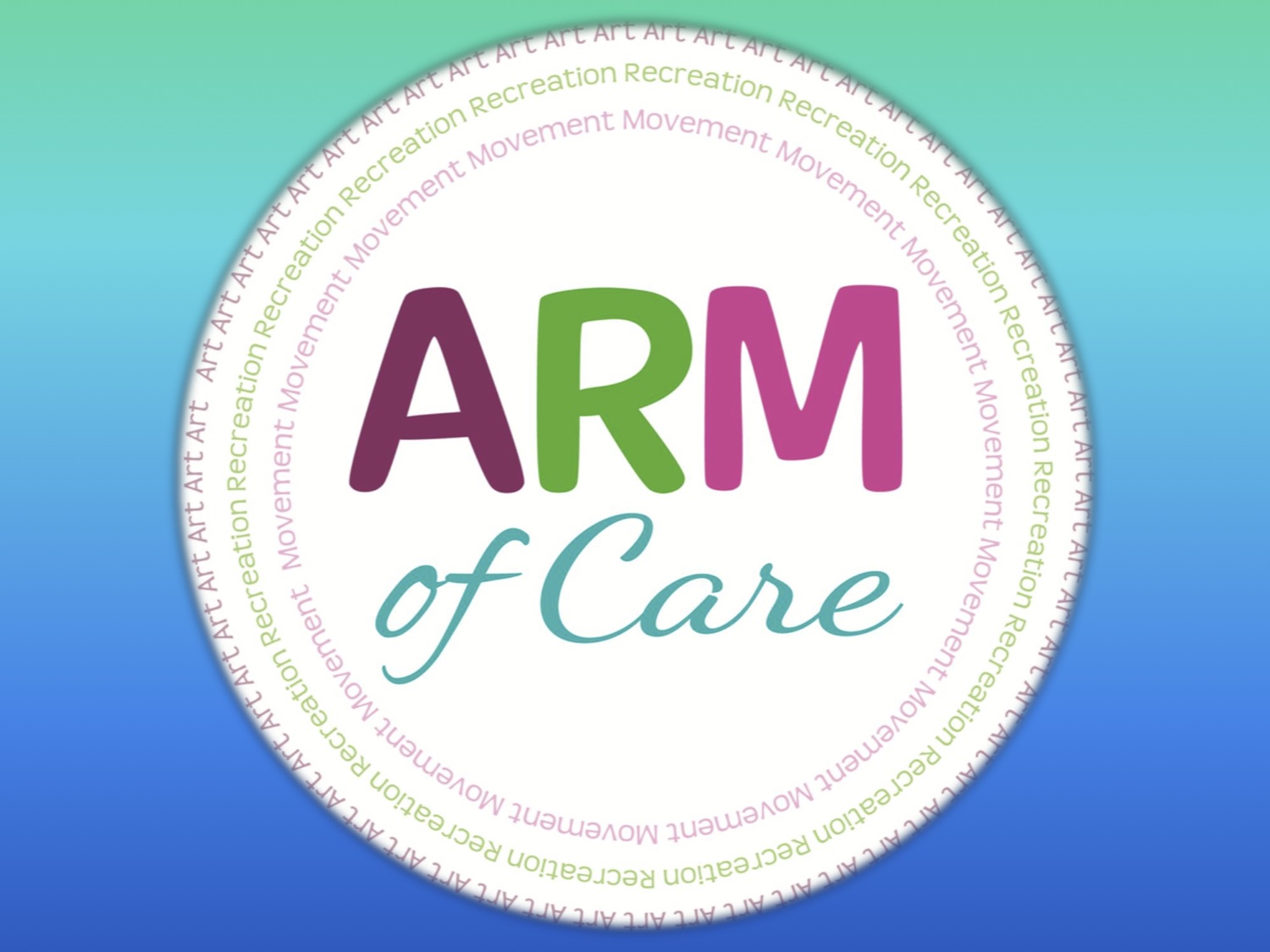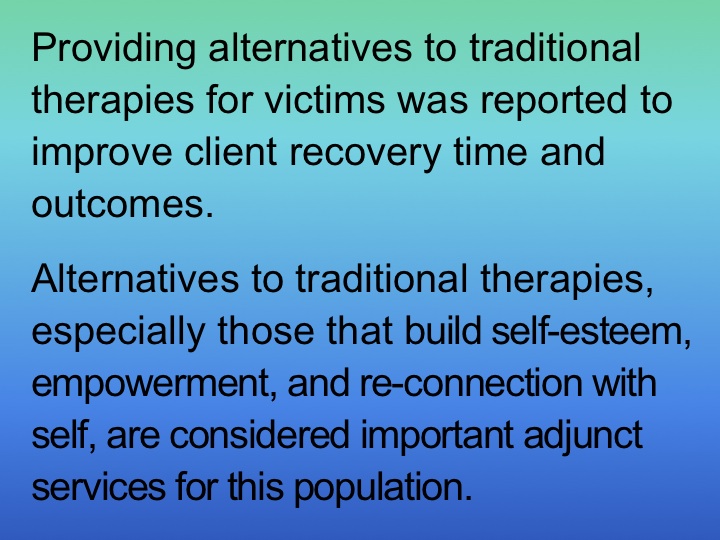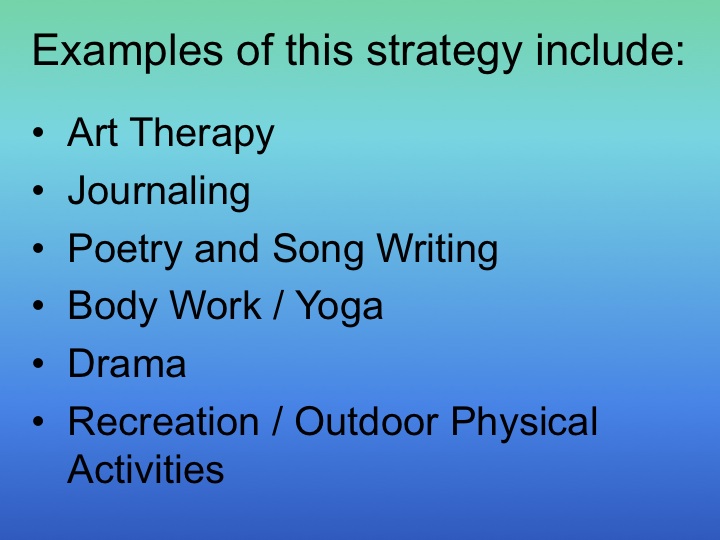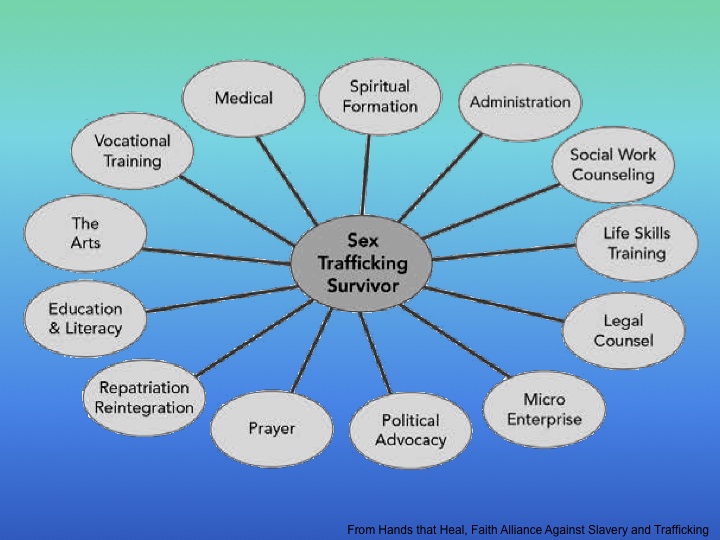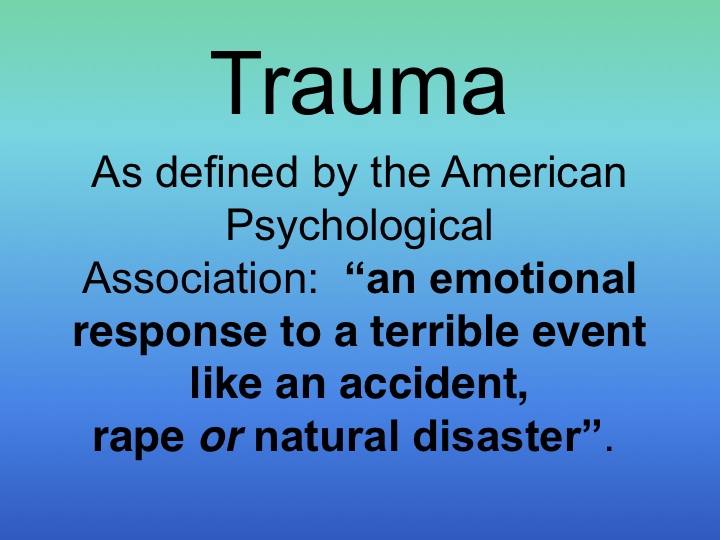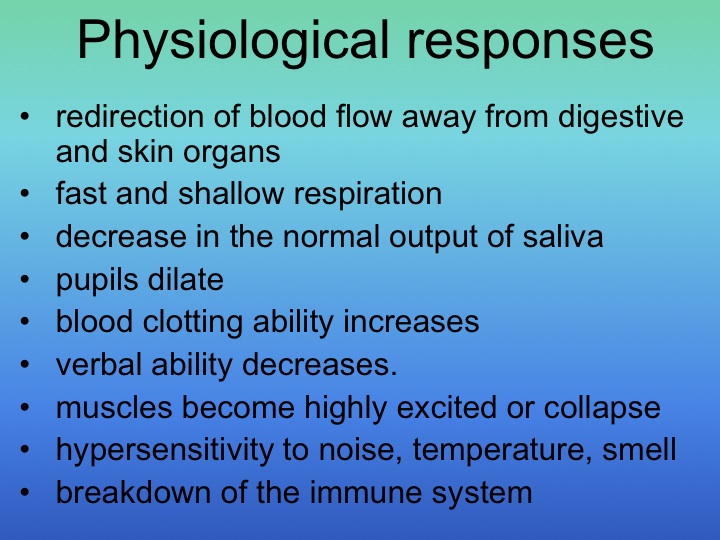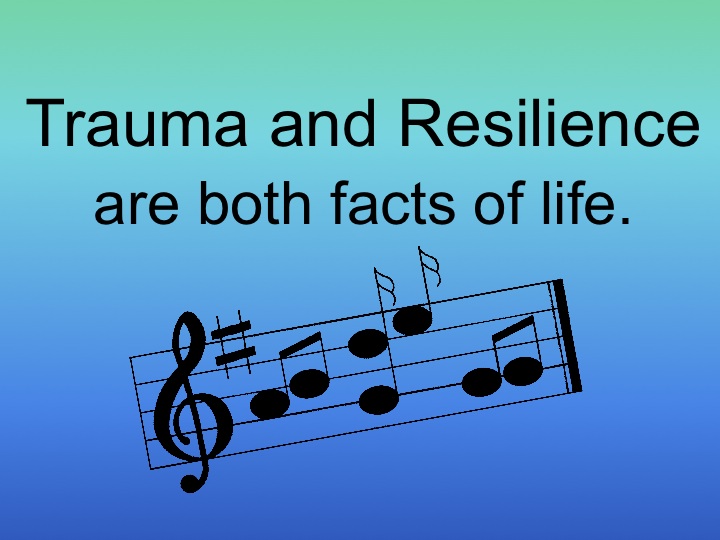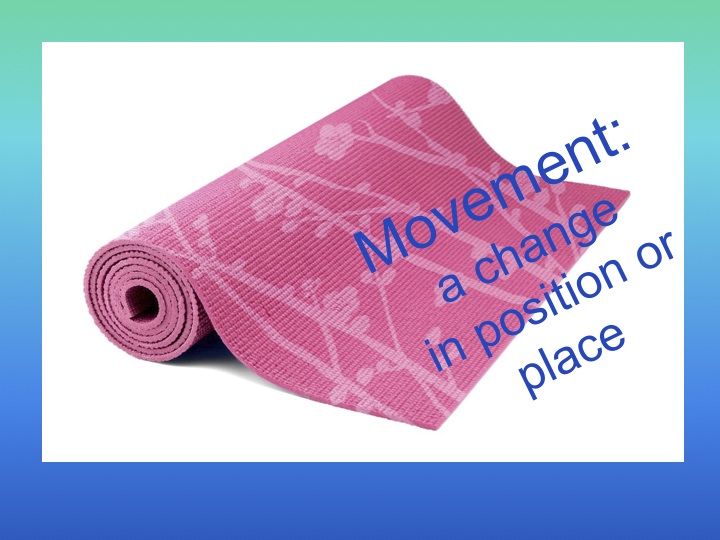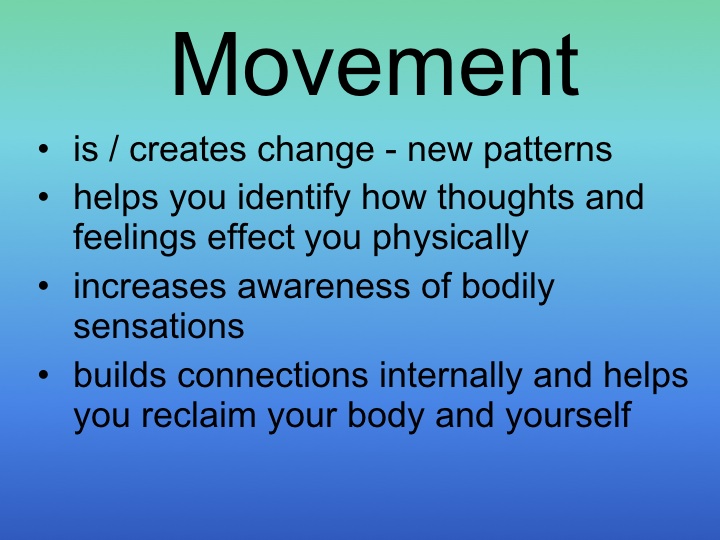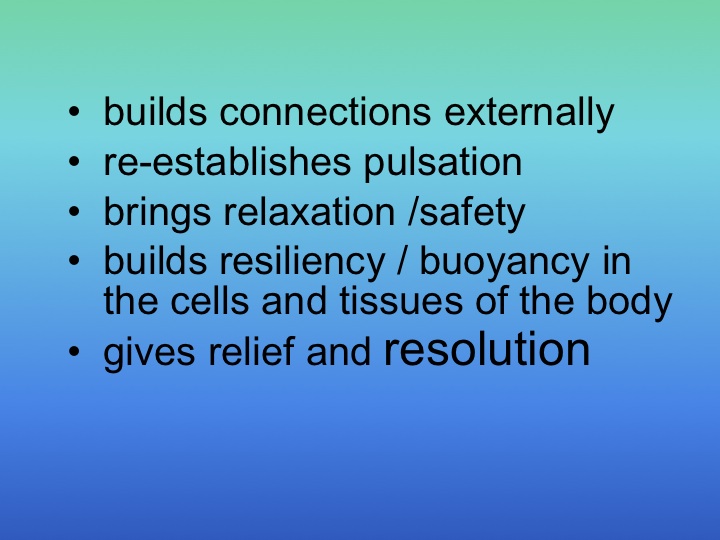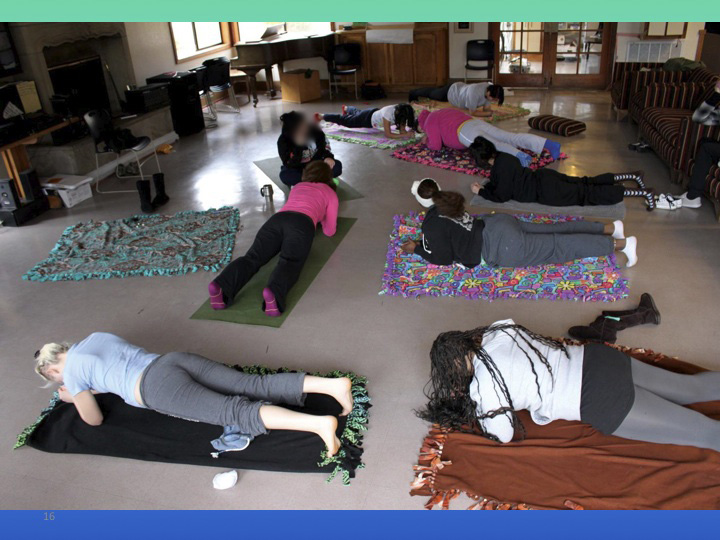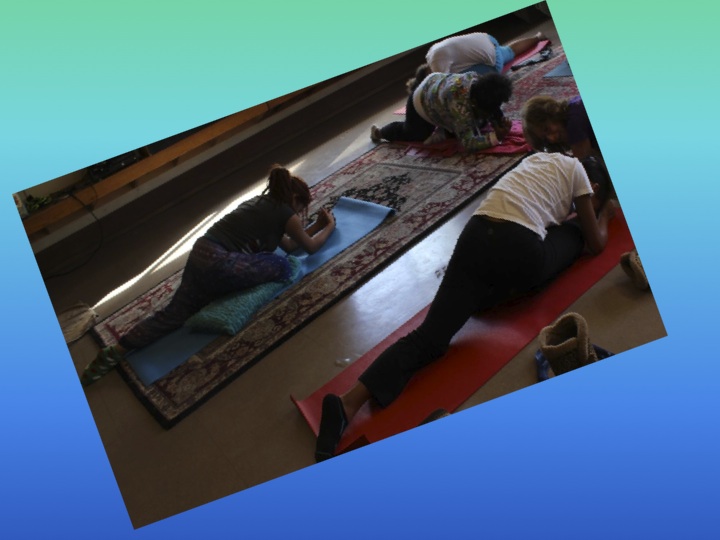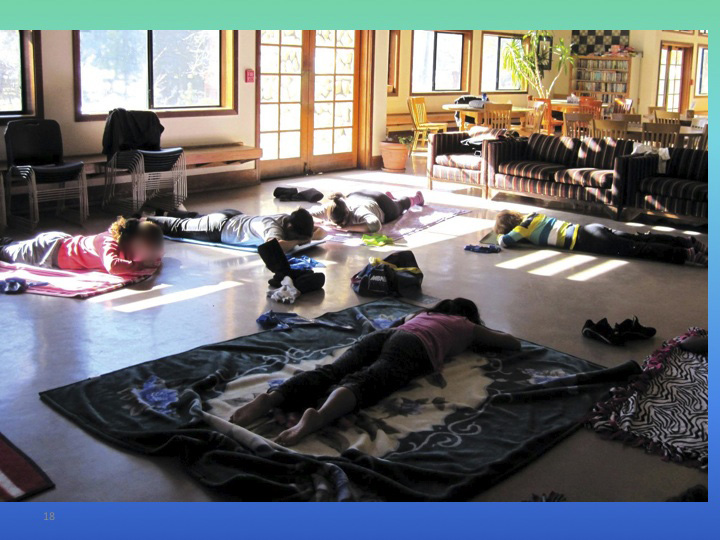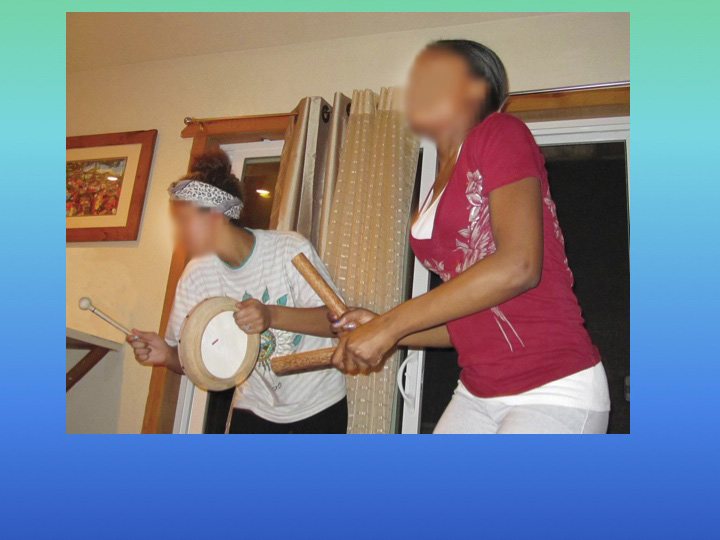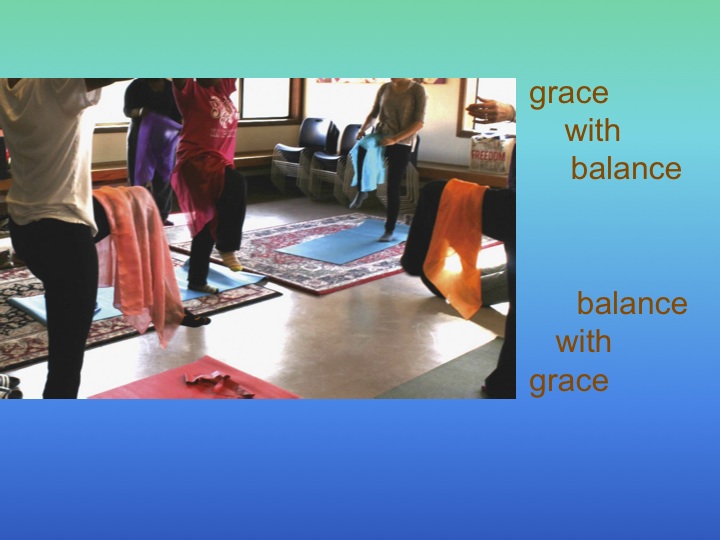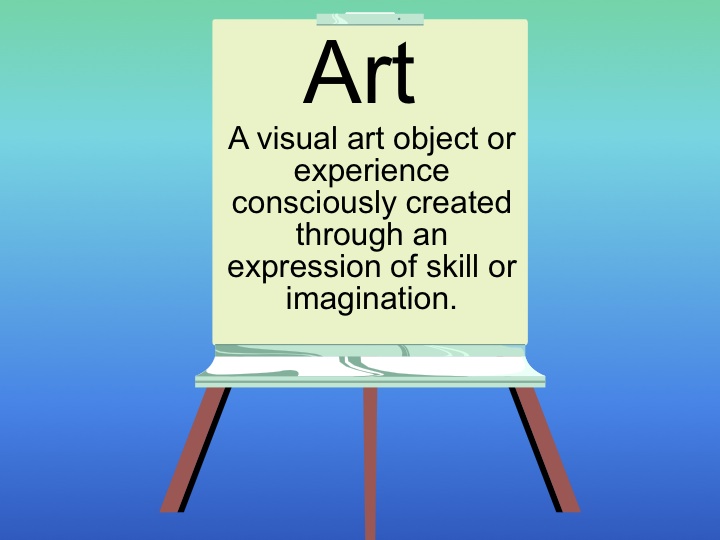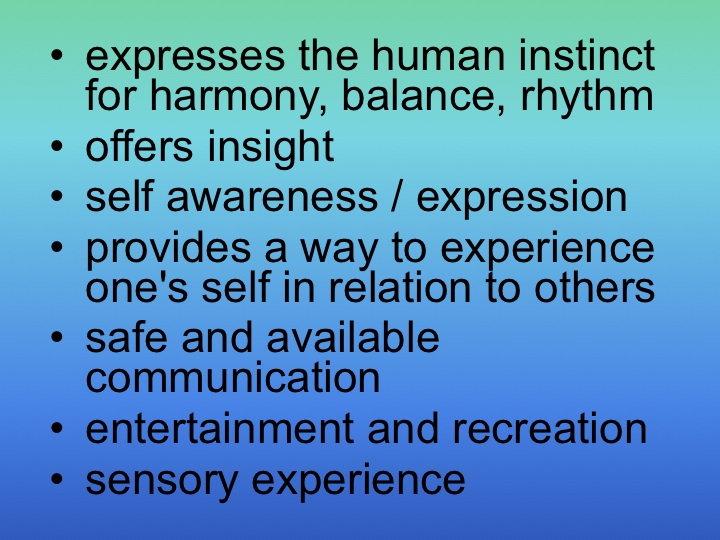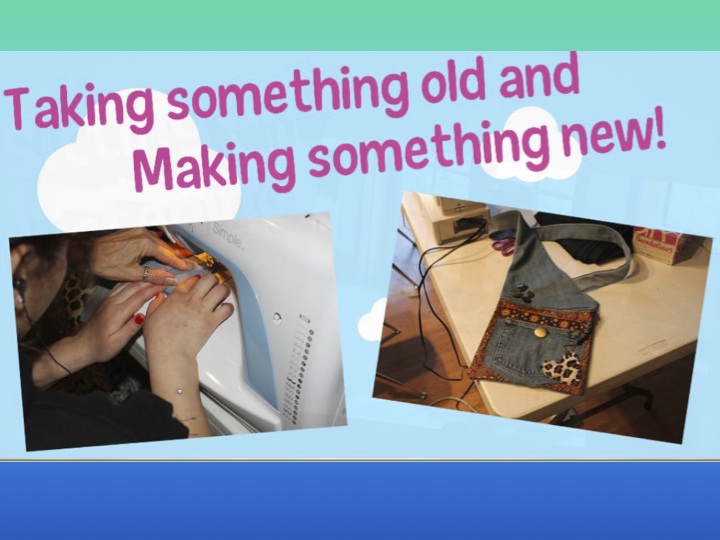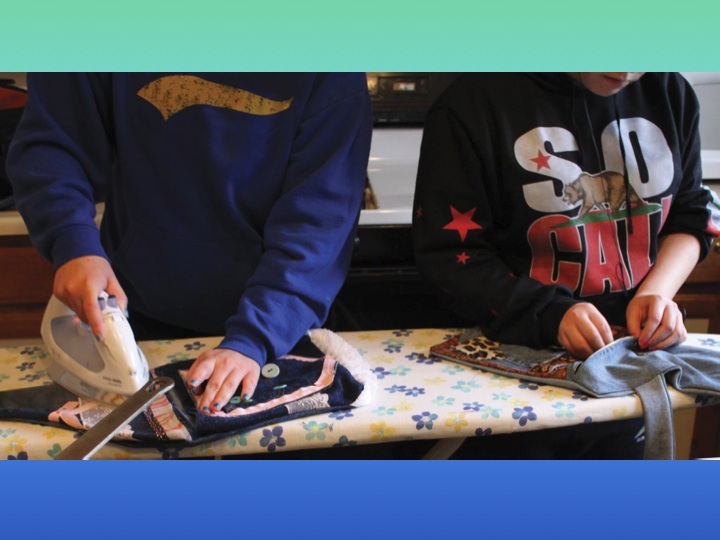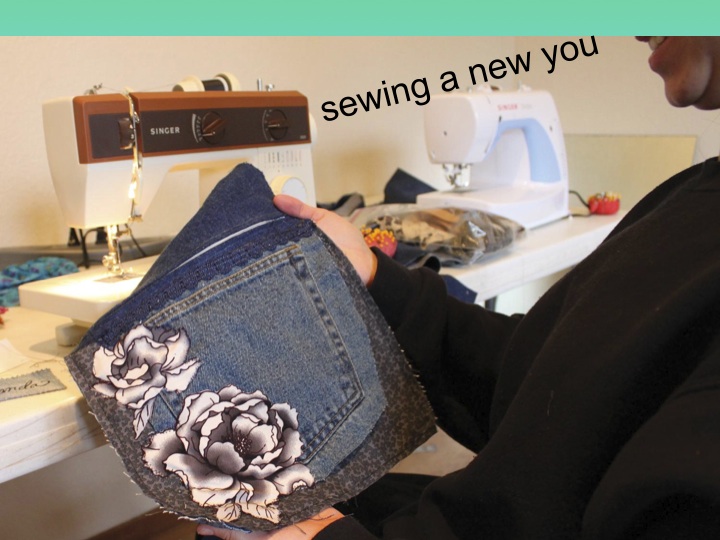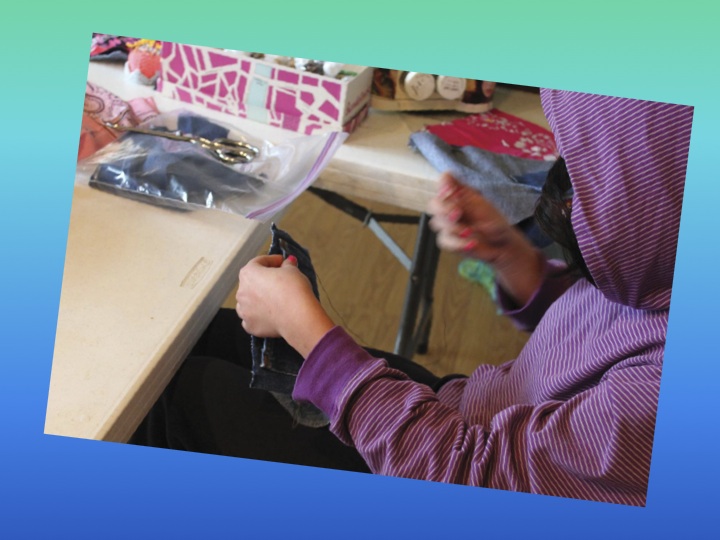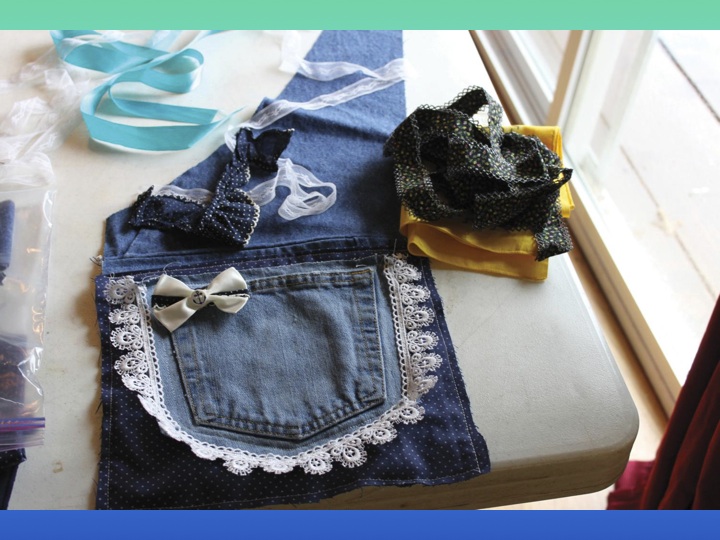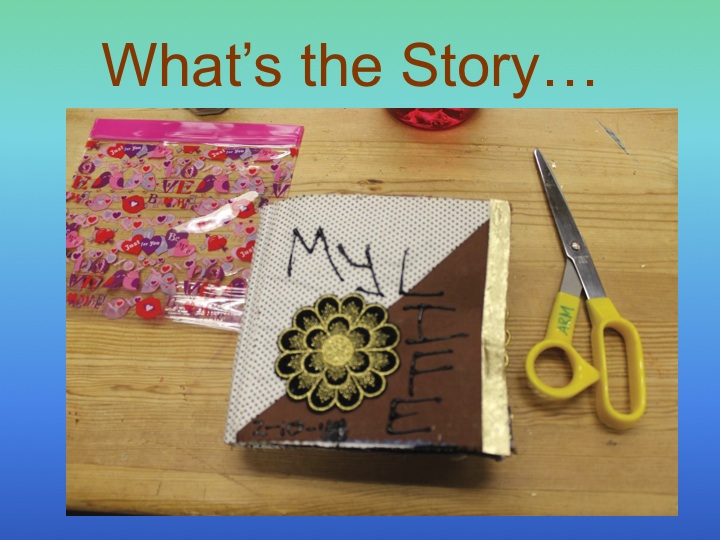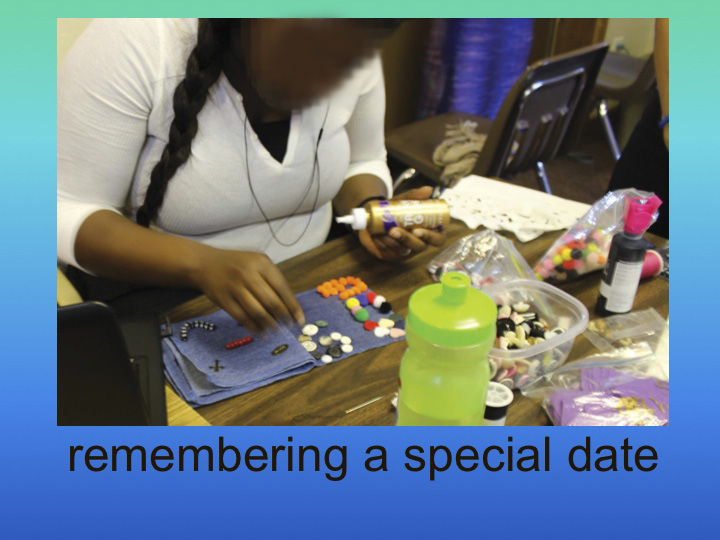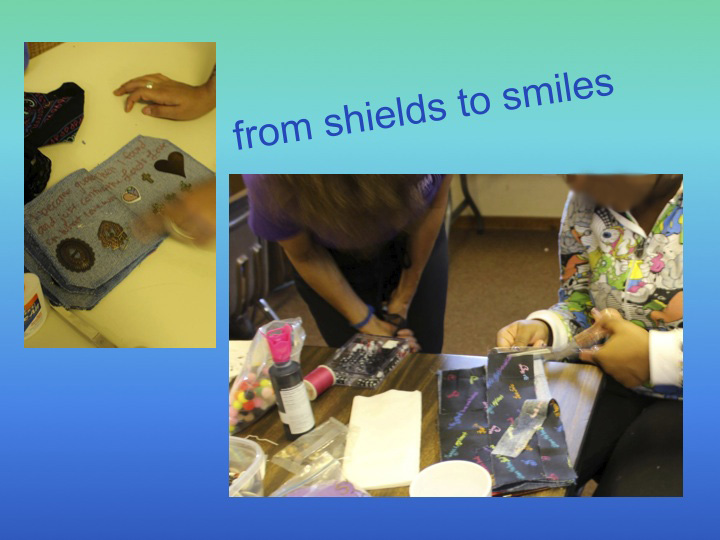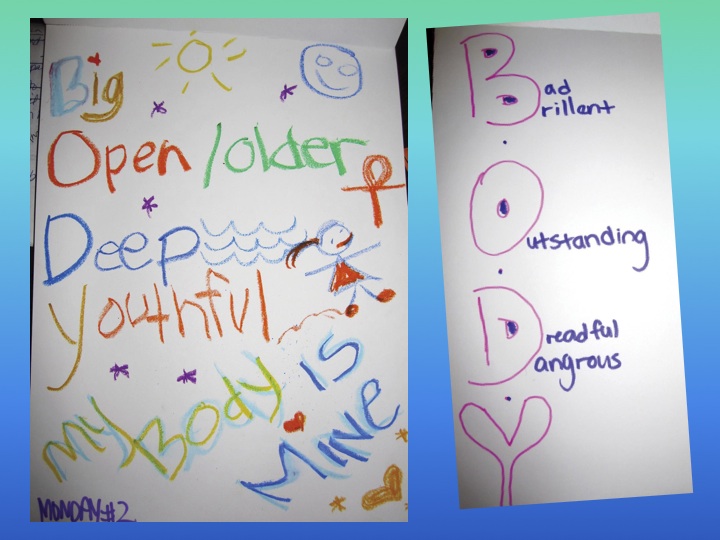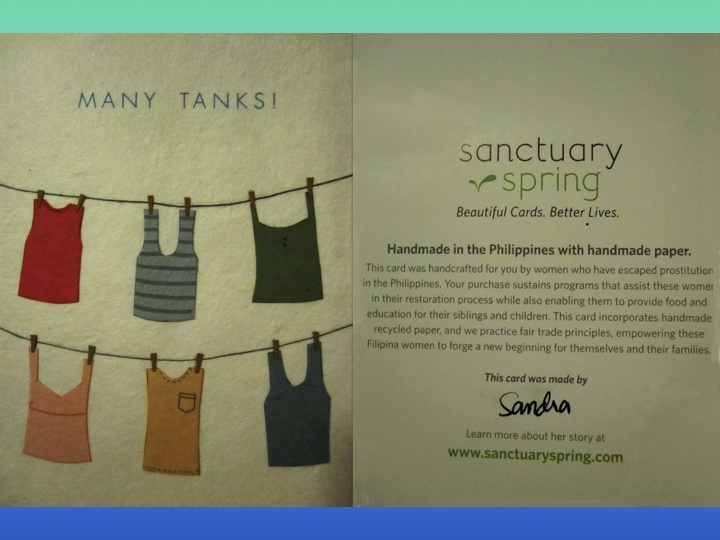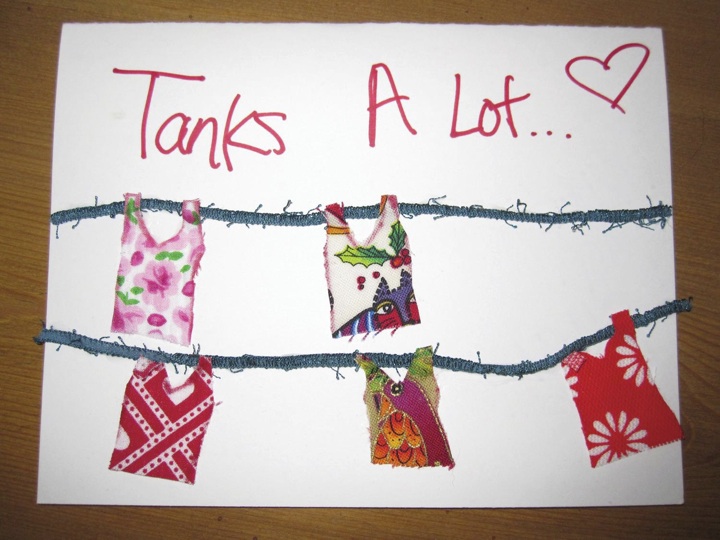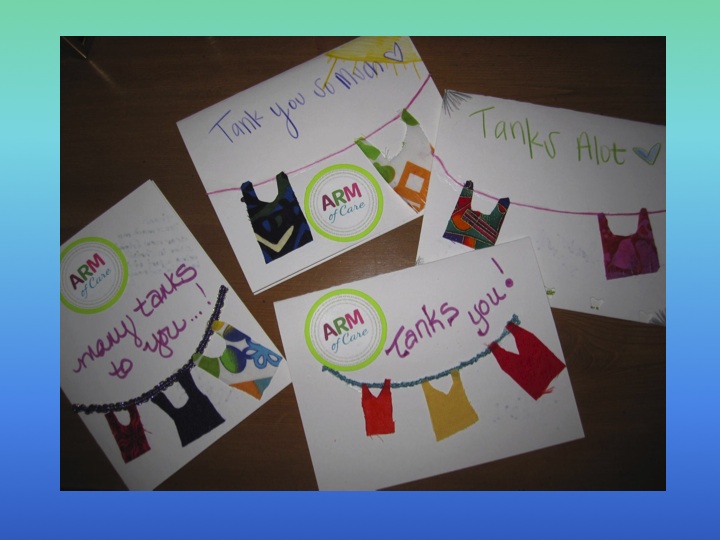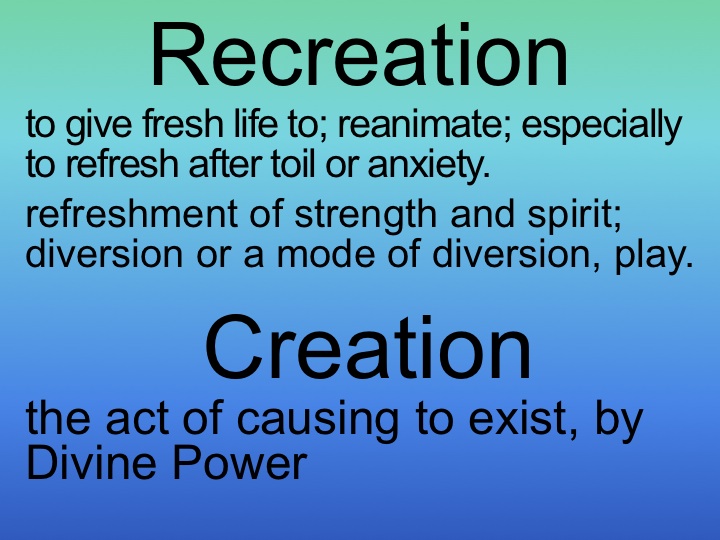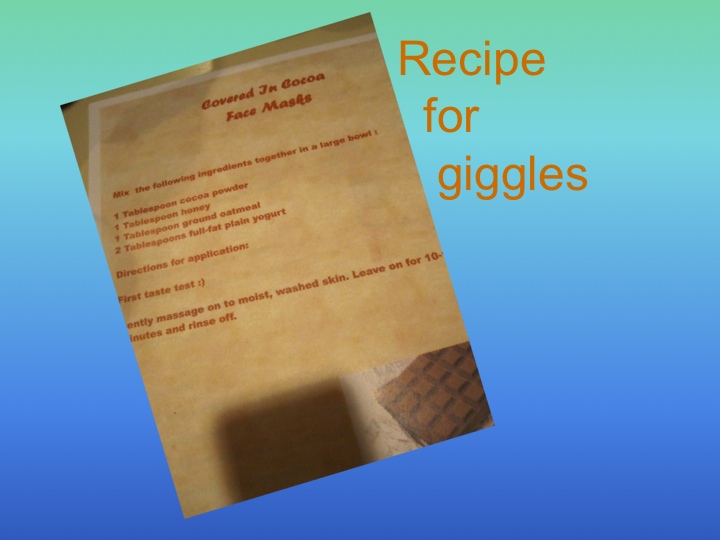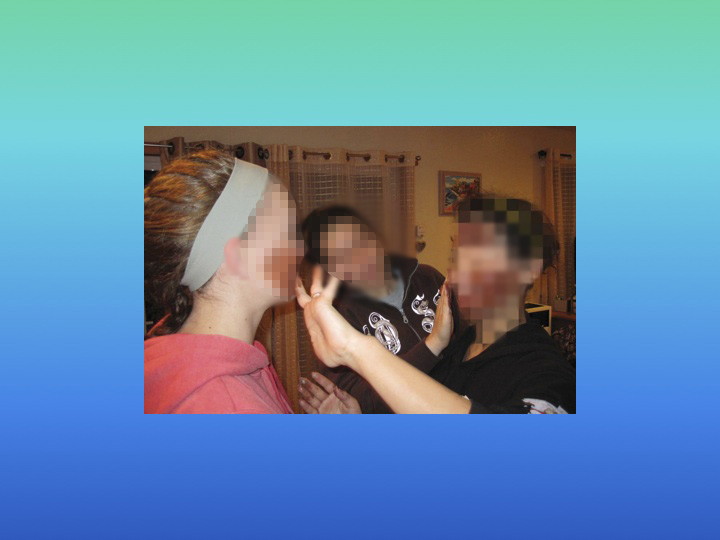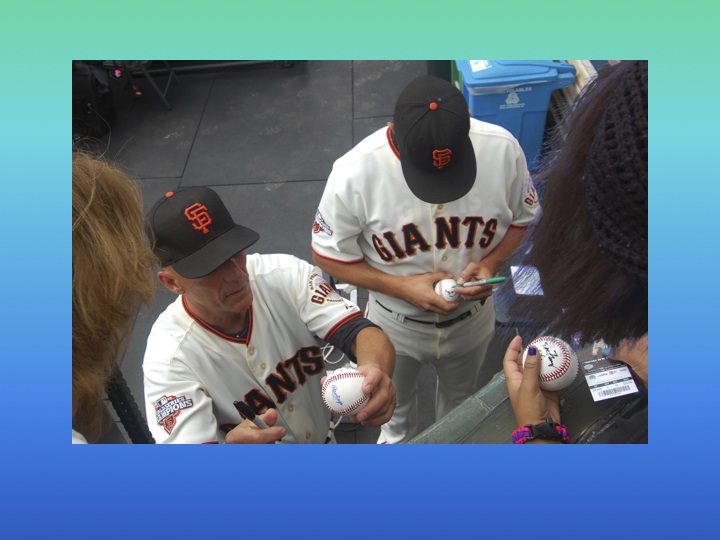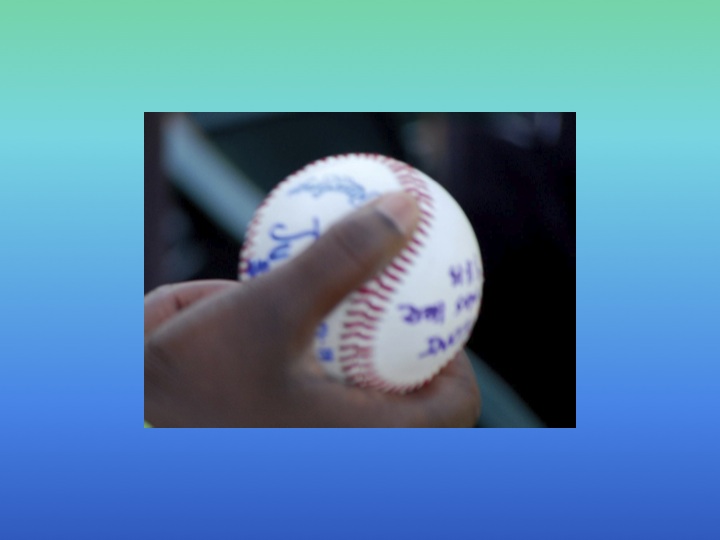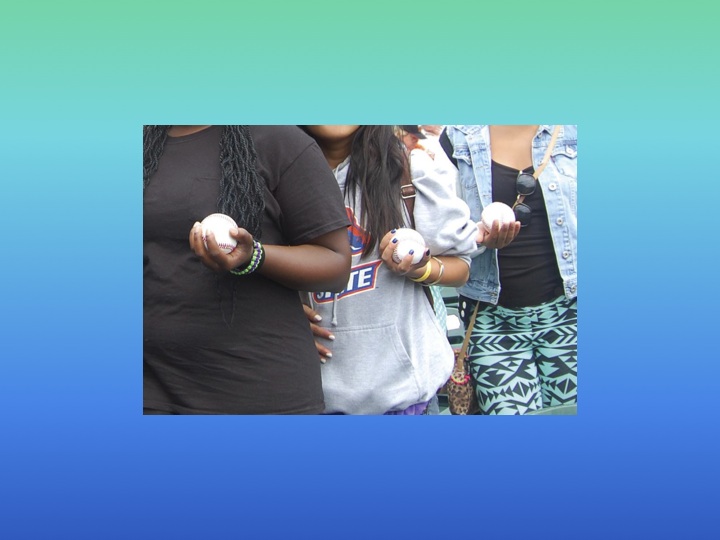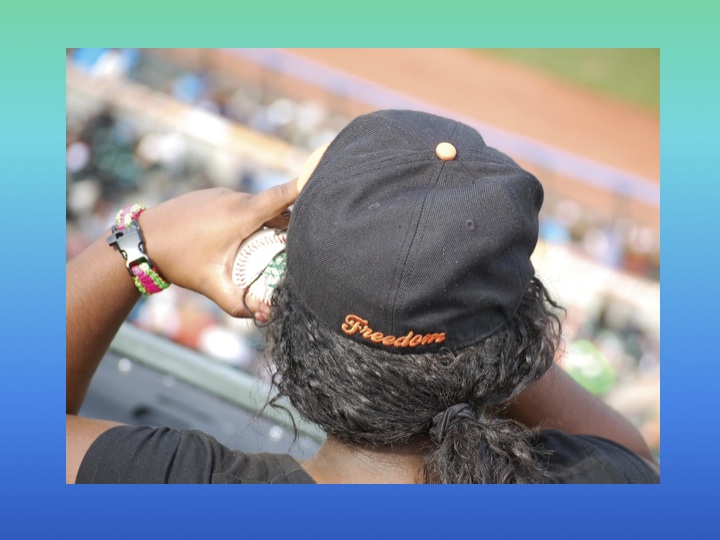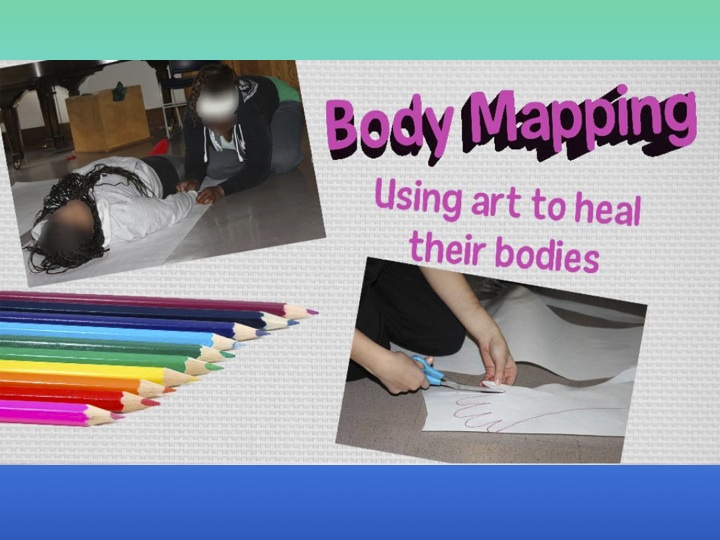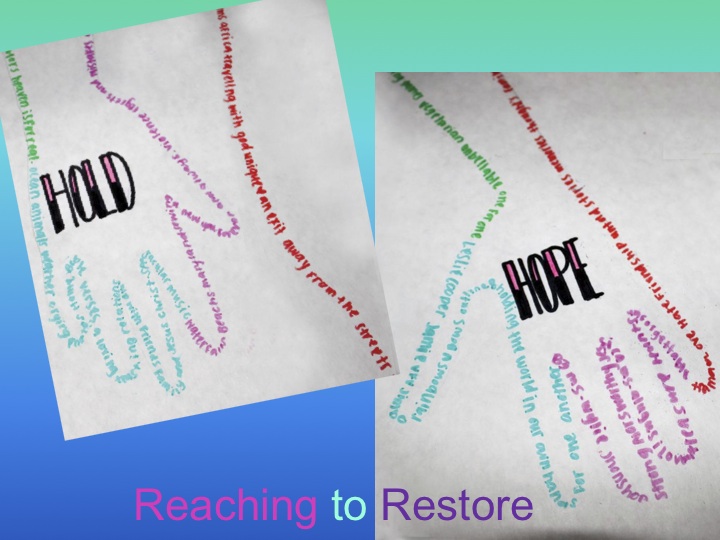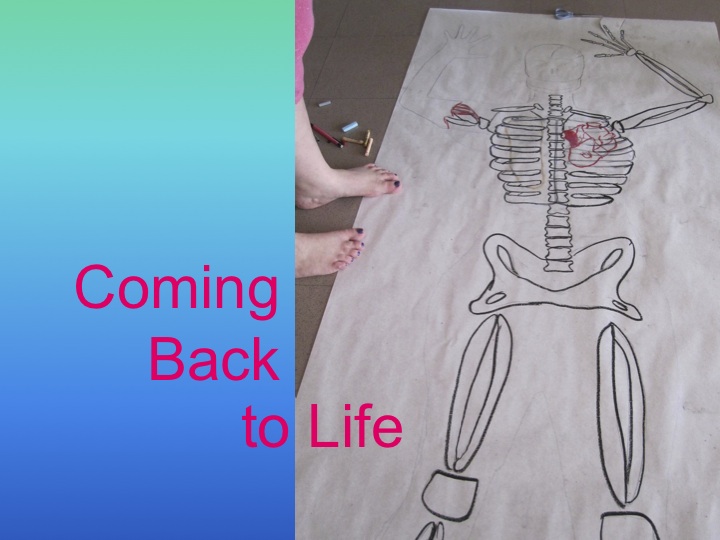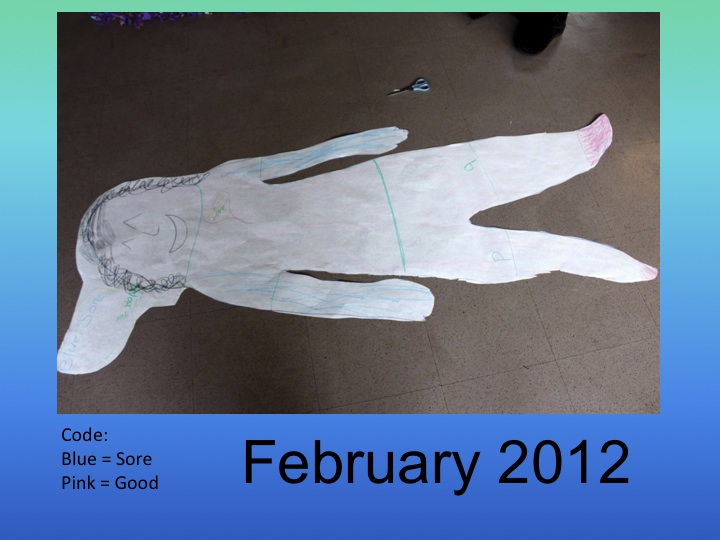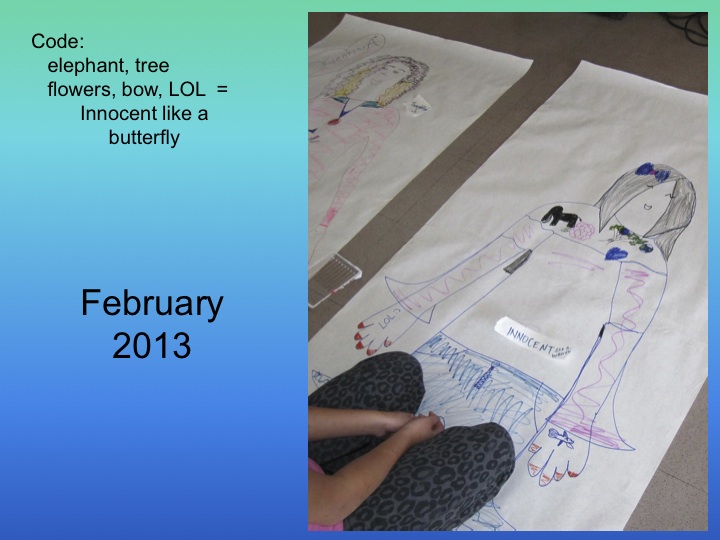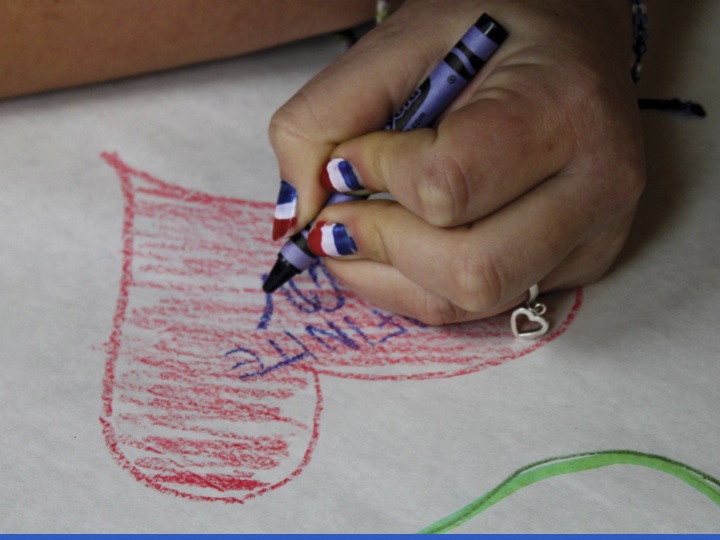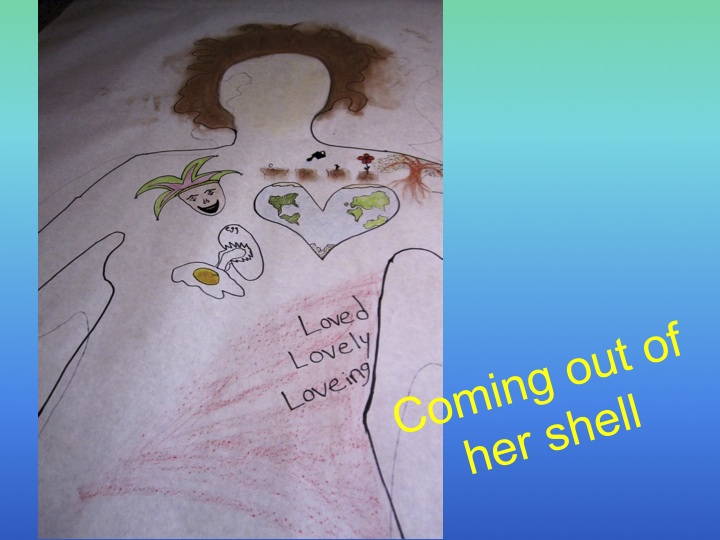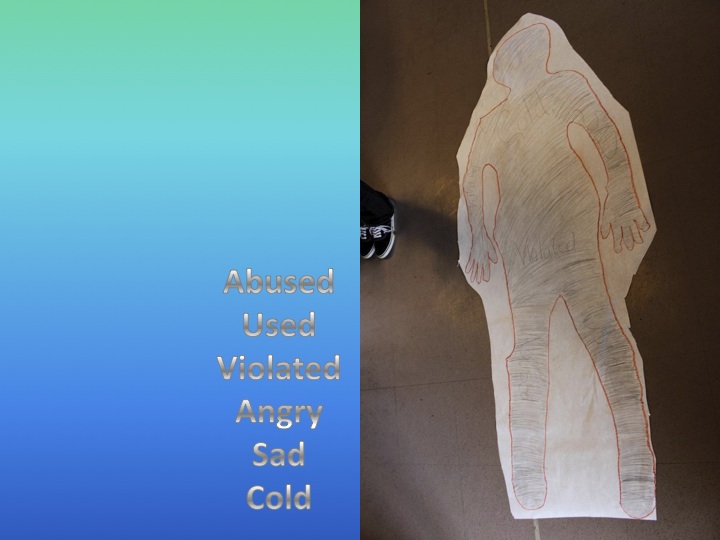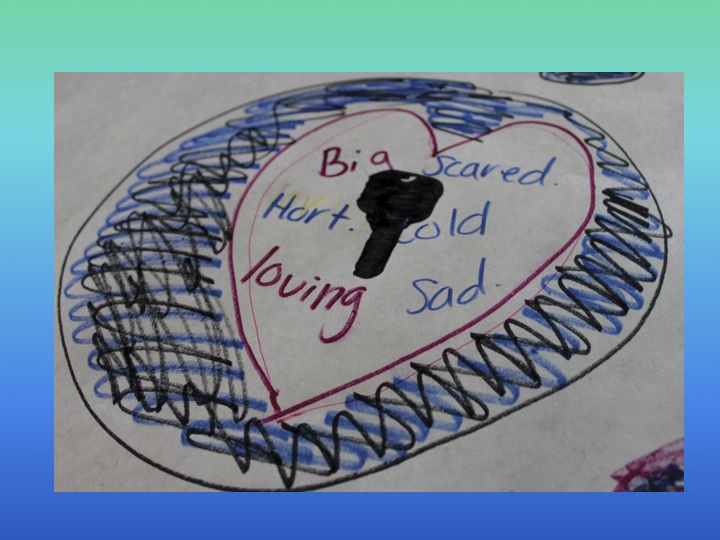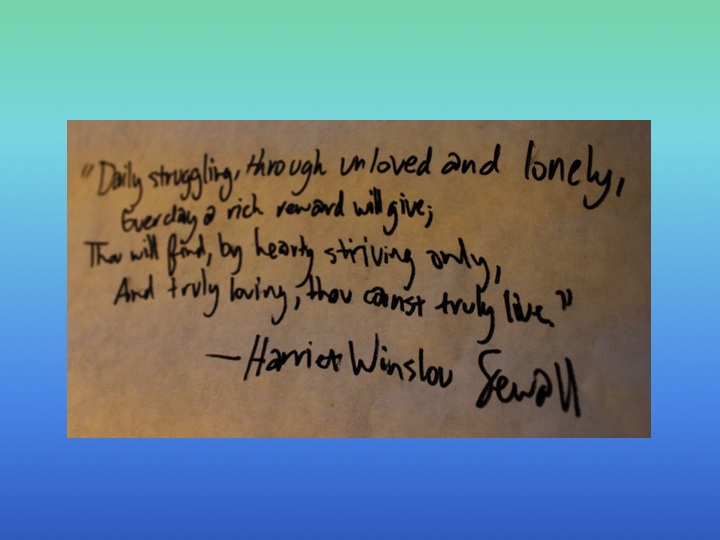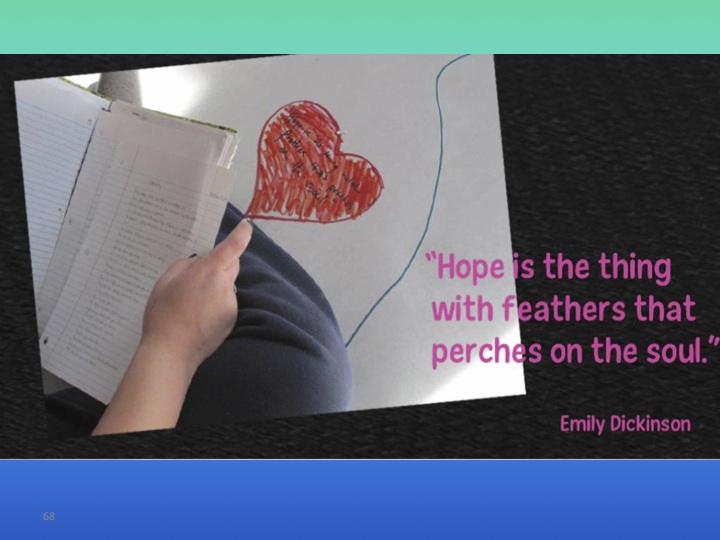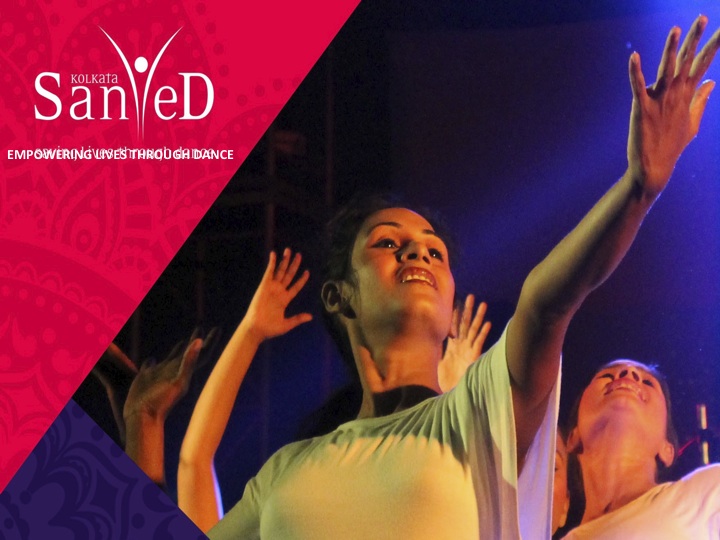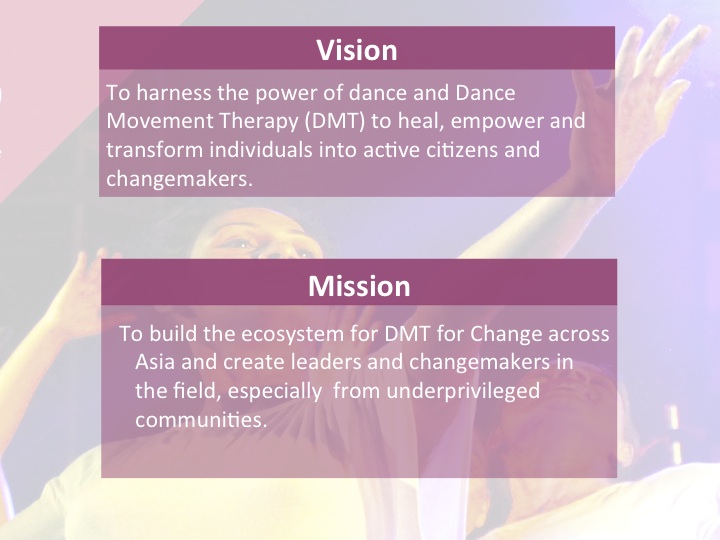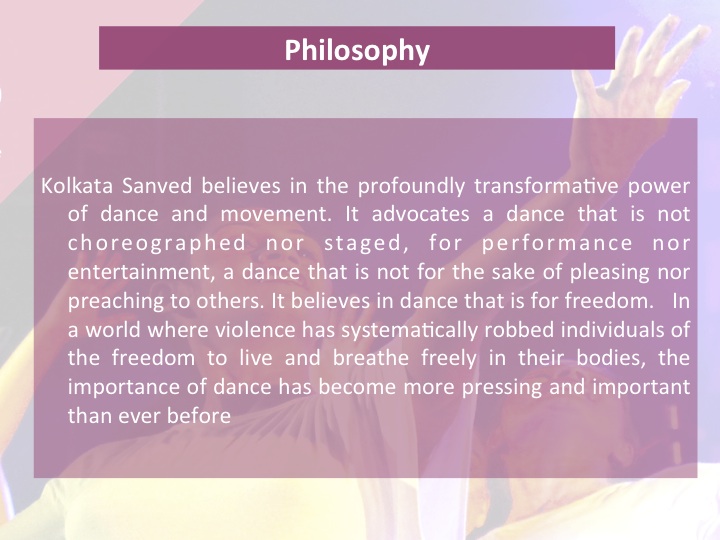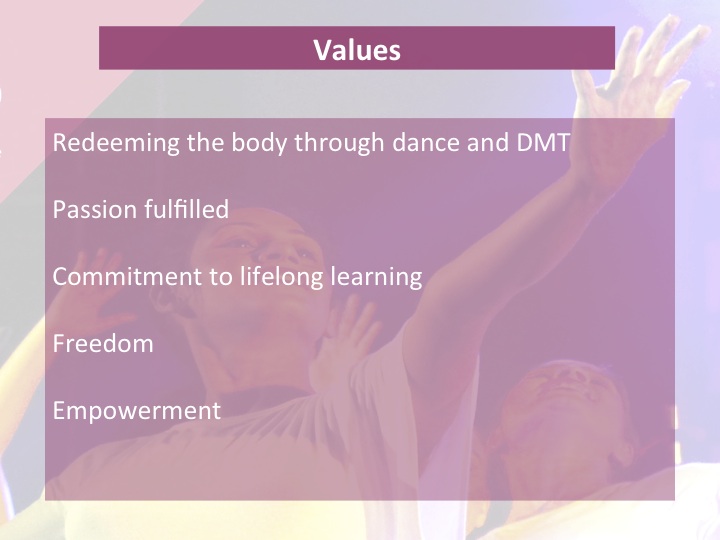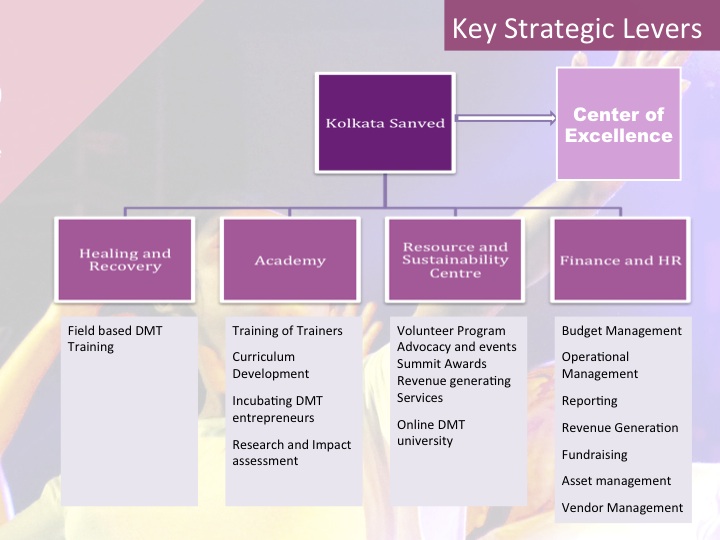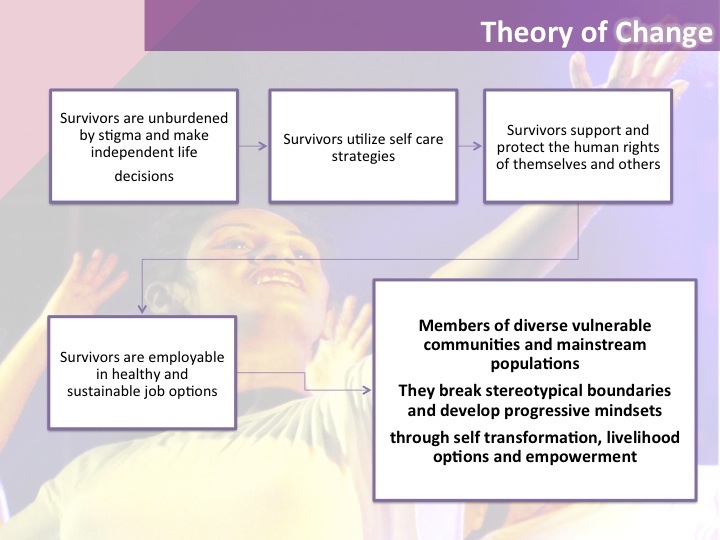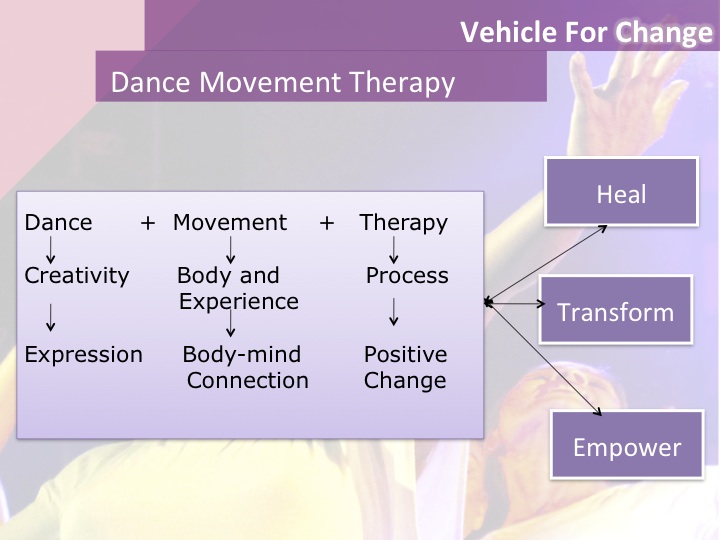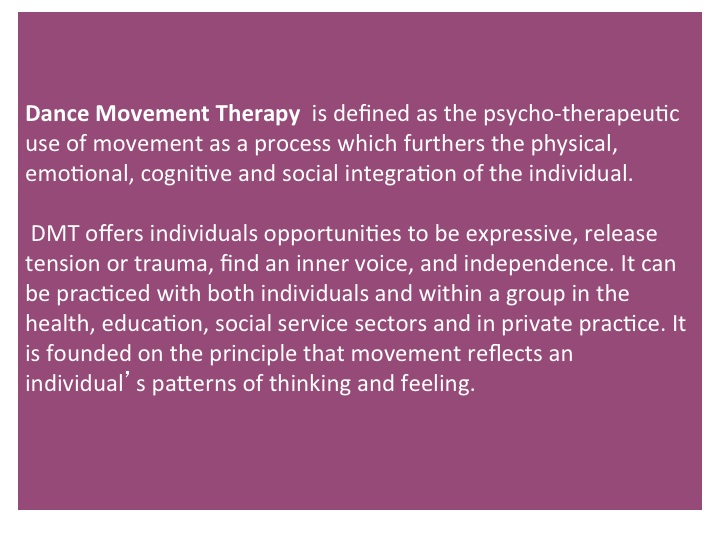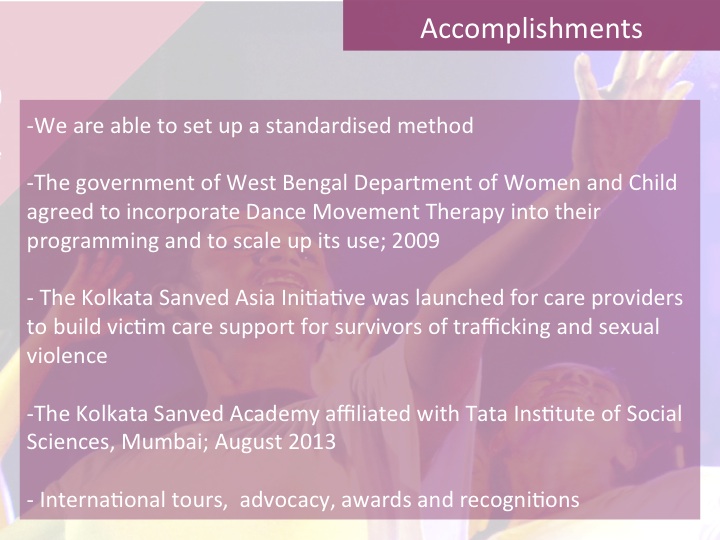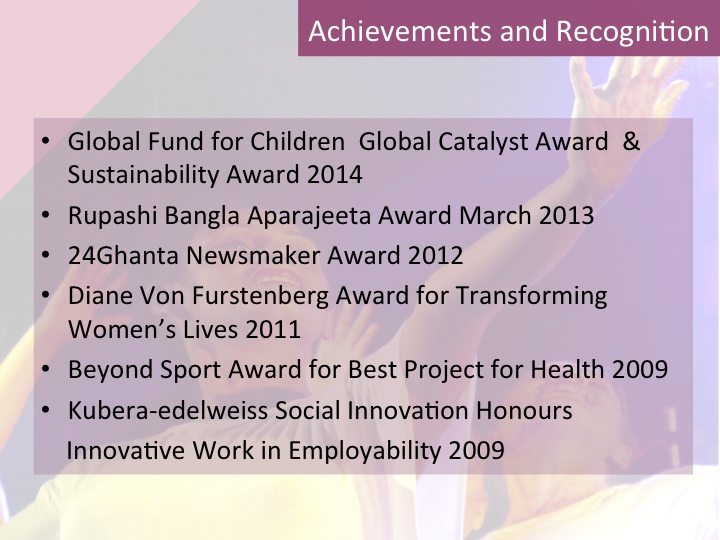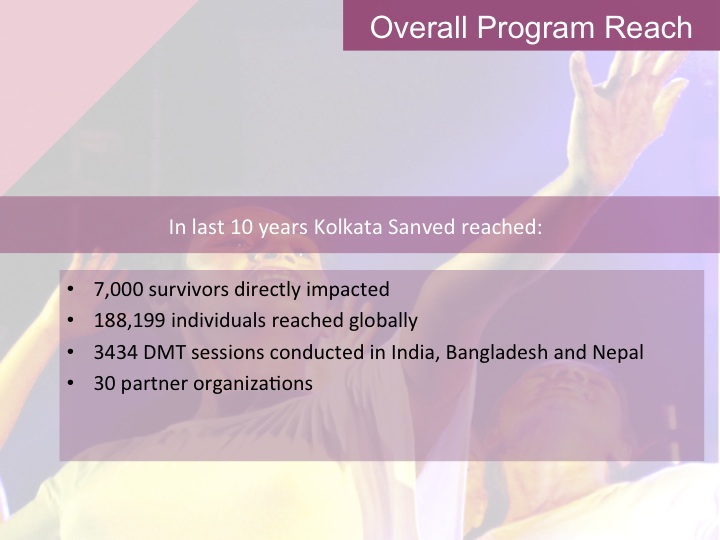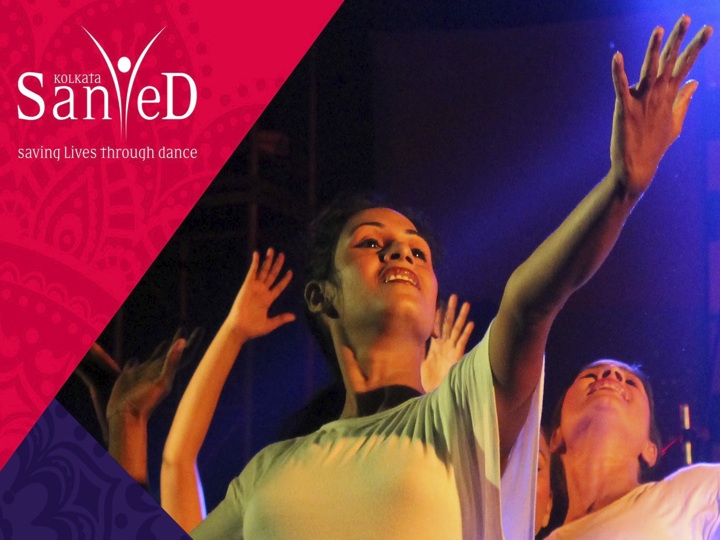As part of our Gendered Citizenship project,1 we partnered or collaborated with several NGOs and theatre companies whose work is on the front lines of supporting survivors of poverty, violence, statelessness, and homelessness. We have listed these organizations and their websites in our “Further Resources” list at the end of this section. Here we share the “best practices” of two NGOs that work with survivors: one young and community-based, growing quickly from a grass roots start; the other engaged for twenty years to develop a substantial international reputation.
ARM of Care is an organization that delivers arts and movement therapy to women and young girls who have been sexually exploited, many of whom are survivors of trafficking. Based in Contra Costa County, in the bay area of Northern California, the organization is typical of many in being the product of a singular visionary woman—Amy Lynch—who has gradually built up the organization since it began in 2012. ARM of Care delivers programs to other social service agencies and NGOs that provide basic services such as shelter and food to clients whose needs range from health care and traditional mental health therapies to job training, legal services, and help negotiating with police and other officials of the State. ARM of Care offers workshops, events, and programs that focus on Art, Recreation, and Movement (ARM) as therapies that address trauma. Amy and her staff of four are specialists in these areas, and coordinate a range of programs in movement and physical practices such as Pilates and yoga as well as dance; theatre and creative dramatics; and visual arts and craft activities (see Janelle Reinelt’s essay in this issue).
Besides directly relating to the women and girls who are their primary consideration, ARM of Care frequently presents public education programs to potential sponsoring organizations and to various groups of the general public, such as church groups with social justice commitments. This dual task of delivering both targeted therapies and informational and educational issue-based outreach is similar to two other organizations we worked with in the UK: Cardboard Citizens, a theatre organization that makes theatre pieces for the public about homelessness and also runs theatre classes and programs for their homeless clients; and ice&fire, which offers documentary performances to inform public policy as well as making theatre pieces with asylum-seekers and giving classes (see Maggie Inchley’s essay in this issue).
Our Kolkata partner, Kolkata Sanved (KS), has grown from Sohini Chakraborty’s one-woman enterprise offering Dance Movement Therapy (DMT) to survivors of sex trafficking in Kolkata in 1996. It is now a large organization that has as one of its programs a degree certificate in DMT, recognized and authorized by the government. Clients who have gone through the basic survivor’s program may go on to complete this certificate, becoming therapists themselves and in turn working with other survivors. With many partners in both India and abroad, Sanved now conducts its own research evaluating the best movement-based practices for survivors of human trafficking and sexual exploitation, as well as research on children and young adults living in shelter homes, and on organizations working on trafficking-prevention and institutions that provide vocational training and job opportunities for women of disadvantaged communities. Other important areas of work in KS are educational outreach programs and the design and implementation of DMT impact measurement methodologies. In this regard, Kolkata Sanved’s collaboration and on-going partnerships with Mumbai’s Tata Institute for Social Science (TISS), and its two education programs are core aspects of Sanved’s vision of how dance is a relevant tool for social change. (See Urmimala Sarkar Munsi’s essay in this issue. Also, see the appendix materials below: Estrada-Fuentes and Sarkar Munsi’s “Interview with Sohini Chakraborty,” and Estrada-Fuentes’s “Working at Kolkata Sanved: An Intern’s Perspective.”)
The practical day-to-day work of these organizations is daunting in its demands, and very sophisticated in its accomplishments. These organizations work through key inquiries: how to speak to the public about seriously fraught issues such as sex trafficking, homelessness, or statelessness; how to address the ethical challenges of their work—ranging from responsibilities to clients, to responsibility for the representations of the issues, dilemmas, and experiences of the women and young girls, and the ways these vulnerable subjects are themselves represented—all of this within a market and media economy that too often creates exploitative or commodified contexts for the reception of these vulnerable subjects.
One aspect of their work is contributing to public knowledge and dialogue about both the issue of trafficking and the impact of trauma on their client victim/survivors. Another aspect is the necessity of explaining to others, who may have very little knowledge or experience of the arts, how and why arts such as dance and theatre can play a healing role in addressing trauma, particularly the kind of trauma experienced by the sexually exploited. We have been impressed with the presentations we have seen Amy and Sohini deliver in a variety of settings, and here share a slideshow from each. We have further annotated the slides to point out some of the things we think are important or interesting in these presentations.
ARM of Care
Kolkata Sanved
Appendix
We have collected here some items that highlight the practical work done by the NGOs we have worked with during the last two years: Kolkata Sanved and ARM of Care. We have also shared the experiences and insights arising from an internship at Kolkata Sanved, and provided an interview with the Founder. We wanted to make visible the work the two organizations do as educational outreach with members of the public, and finally, we offer some tools we have developed to give something back to organizations that have been generous with their time and resources.
Several organizations mentioned to us that they do not know how to field requests from other organizations, scholars, or interested persons that ask them to share their data, or give access to their organizational resources, or in some cases, to allow interviews of clients or observation of workshops and sessions. We created a comprehensive protocol as general guidance that can be adapted according to institutional needs.
The contents of this section include
- An excerpt from a journal kept by María Estrada-Fuentes during her internship at Kolkata Sanved in summer 2015.
- An interview with Sohini Chakraborty, Director of Kolkata Sanved, by María Estrada-Fuentes and Urmimala Sarkar Munsi
- A protocol María Estrada-Fuentes and Janelle Reinelt drafted to share with NGOs and other interested parties that would provide a way to screen potential researchers or other parties who request access to the resources of NGOs working with vulnerable populations
Working at Kolkata Sanved: An Intern’s Perspective
María Estrada-Fuentes
I first visited KS in February 2015 as part of the Gendered Citizenship Project team coming from the University of Warwick and I didn’t really know what to expect. I knew this organization worked using Dance Movement Therapy (DMT) in the rehabilitation of survivors of human trafficking and sexual exploitation. I had learned that it was a successful NGO with over a decade of experience in the field, and that it collaborated with the government. Also, that survivors themselves were part of the team, some as founding members, and worked as DMT practitioners. To be honest, it all sounded a bit too good to be true.
When we arrived on that February morning we were greeted a by dozens of women, from members of administrative staff and international volunteers to DMT practitioners. During three days, we learned about their work—about KS activism and education programs and its collaboration with the government—and we were introduced to statistics of success and heard multiple “success” life-stories. We went through a short workshop so we could get an idea of how they use DMT when working with “survivors,” and, overall, we learned about the “empowerment” of women through dance. We also learned that KS has a very strong policy of care and capacity-building for the DMT practitioners, and that one of their main goals in this area is to transfer skills. But what makes someone successful, I wondered. What does it mean to survive and how can subjects be empowered through art practice? What do these things really mean? How do they transfer skills? How do they take care of practitioners? Do they really do what they claim they do?
Before leaving, I told Sohini Chakraborty that I wanted to come back to KS and do an internship with them. I told her that I had worked on NGOs, designing and implementing arts-based methodologies to assist in the social-reintegration for former child soldiers in Colombia, and that I wanted to learn more about their work. I was particularly interested in how they “transfer skills” and what they meant by it, I wanted to learn about the care and capacity building of practitioners, and also about the idea of empowerment. I was also very interested in learning more about how an arts-based rehabilitation NGO was successfully collaborating with the government. I knew from experience that these were important aspects, but extremely difficult to achieve, and they seemed to have it all figured out. So I went back for a short internship between July and August 2015.2
My internship consisted of doing a bit of everything: editing videos, writing the annual report, doing proof-reading, giving a belly dance workshop, and so on. I was filling in gaps and contributing with small tasks to the daily necessities of the NGO. But I was there to observe, to get an idea of the work routine, and to learn about care, empowerment, and skill transferring from within the organization. It was also my first Monsoon in an extremely warm city where people have very hot and extremely sweet tea. And that is how our days started: with tea.
The day at KS starts at 10 am: staff members meet for approximately thirty minutes to have tea and sometimes biscuits while they discuss the plan of the day and any relevant issues that need attention. It is also a time to brainstorm in order to tackle any individual and/or organizational problems. This daily activity is also meant to encourage creative thinking, interpersonal communication, understanding, teamwork, and management of emotions. I was briefly introduced on my first day, but no one really talked to me during the rest of it. On the second day, during teatime, Sohini told all staff members that my visit was also an opportunity for them to practice English (all conversations were in Bengali or Hindi) and told practitioners that they should take advantage of my visit.3 KS is growing very fast, and part of that process of growth is to improve the language skills of members of staff, specially DMT practitioners who, in a couple of years, will be expected to speak English and Hindi. So part of the capacity building of DMT practitioners consists of English language classes, which they attend once a month. I told members of staff that English was not my mother tongue and that I understood how difficult it is to learn how to speak and communicate in a language that is not the same one your heart knows, and that I was happy to help in the process. Up to that point I honestly thought that only a few of my temporary co-workers spoke English, but I was wrong. My colleagues suddenly became really talkative.
On Survivors, Empowerment, and Care
From our first visit to KS we were told that DMT practitioners were also survivors. But survivors of what? In our first visit we learned that this NGO works with survivors of human trafficking and sexual exploitation, but during my internship, I went on three different weekly sessions with practitioners: The first session was with an organization that focuses on providing an after-school space for children living in red light districts to do their homework and on preventing their recruitment into sex-trafficking networks; participants in these session were both children and teenagers. The second one was with a group of orphans living in a shelter home, where the older participant was around thirteen years old. The last session was in a foundation that provides training for women to become drivers; they contract with KS to improve the confidence and socialization skills of their clients. Participants in this last session were mostly young adults, but there were also a couple of women that could be in their mid-forties.
When I asked Sohini who were these survivors KS worked with, survivors of what, she said: “Survivors of sexual violence, abuse, exploitation. That is our major work.” But we then discussed that KS was presenting itself as working almost exclusively with survivors of sexual trafficking, which is not entirely accurate. The methodology developed by Sohini and her associates is heavily informed by her work with survivors of human trafficking for sexual exploitation, which started in 1996. But, over the years, Kolkata Sanved has demonstrated that their work not only helps trafficking survivors, but also a broad range of vulnerable communities in a wide age range and with no gender limitations, sometimes working with men as well as women. In the classroom male and female bodies interact as equals, they support and respect each other in the creative process. So, Sanved’s DMT practitioners are survivors from all these different communities as well.
I also asked Sohini about how they conceive empowerment in KS. I said that during my first visit to KS I thought that the use of the word “empowerment” was probably part of a strategic jargon they used in order to attract donors. But I also told her that I quickly realized, back then, that this word meant something else, and I could not really pin down the meaning or intent. It seemed to me that for KS empowerment was a realization of the self, the process of reaching an understanding of dignity, care, and respect for one self. “Yes, it is about life,” she said, “it is about discovering care, support, gratitude. Everything.” Accordingly, empowerment is not something that you achieve: it is a process that KS facilitates, but cannot guarantee. However, a way for Kolkata Sanved to contribute to staff members’ empowerment is through care practices and capacity-building. Providing English-language classes is part of this process, but so also is the monthly group counseling sessions DMT practitioners attend. In KS they know that the physical and mental well-being of their staff translates into delivering high-quality service, and they invest in this aspect. They also provide opportunities for training and working with DMT experts, dancers, musicians, and theatre practitioners. The Training of Trainers and Certificate programs are also part of this empowerment/skill transfer duo.4
Closing Thoughts
Spending ten days in an organization provides a very limited insight into their practices, and this brief entry is just that. And while my co-workers spoke English, I would have been able to learn much more had I been able to speak or understand Bengali. However, I was in Kolkata Sanved not only as an academic, but also as a practitioner. During my first visit I was very impressed with how this organization seemed to be so aware of the importance of taking care of members of staff, and I wanted to see how they managed to put their verbal intentions into practice. So I focused on the small details that could provide some answers to my initial questions, and I found them in daily iterations and communal practices.
As I practitioner, I had not experienced something like this: when working with former combatants, my physical and mental well-being was my own responsibility, and I most sincerely believed that was the way it should be. And this is also the case for thousands of practitioners around the world who are subject to tenuous contracts and exploitative labor-practices. It needn’t be like this. Working with vulnerable and at-risk communities is demanding, and it is absolutely crucial for organizations to take care of those who practice care. And so I was very grateful with Kolkata Sanved for being aware of this, and for making an effort to deliver high quality care to staff and clients alike. I was also very impressed with the generosity of the organization in terms of capacity-building. KS is not interested in keeping the knowledge to itself; quite the opposite. This NGO believes in sharing the knowledge and creating opportunities for replicating their own practices of success and as such they have invested in creating education programs and intra-institutional partnerships. I look forward to learning more, and to a lengthier visit to Kolkata Sanved.
Interview with Sohini Chakraborty
María Estrada-Fuentes and Urmimala Sarkar Munsi
Sohini Chakraborty is Founder Director of Kolkata Sanved (KS), a West-Bengal based NGO that uses Dance Movement Therapy (DMT) in the social rehabilitation of survivors of human trafficking, sexual violence, and abuse. KS also implements its therapeutic methodology and services in shelter homes, orphanages, and in red light districts in order to prevent the recruitment of children into sex-trafficking networks. This organization has also built links with foundations and institutions which provide training and job opportunities for women from marginalized communities.
Since its early stages Kolkata Sanved has aimed at transferring skills to their target populations and clients. Part of this intention has resulted in two different education programs: the Trainer of Trainers (TOT) program and the DMT Certificate course. The TOT (2012) is a two-year program that combines theoretical training and practice, and prepares graduates to work as DMT practitioners. Students are selected from the multiple groups and communities Sanved works with. The Certificate course (2013) is a one-year DMT practitioner training program that is taught in collaboration with the Tata Institute of Social Sciences (TISS) in Mumbai. This interview offers an insight into the practice and implementation of DMT, inter-institutional collaborations, and the challenges and strategies of Kolkata Sanved.
Could you talk about aspects of trauma that DMT addresses?
Trafficking survivors suffer from several kinds of physical trauma. Actual physical problems like sexually transmitted diseases, suicidal tendencies, and often long lasting ailments from malnourishment, self-abuse/harming tendencies, excessive smoking or drinking and related physical consequences. But they also suffer from severe mental trauma. One of the most common effects is the negative body image and low self-esteem that most of the survivors have. Violent anger as well as several forms of Post Traumatic Stress Disorder (PTSD) are common among these women. PTSD occurs as a result of a constant threat of abuse or actual abuse, and a sense of inevitability that may point towards the continuous slave-like situation forced by the economic dependence on the profession, actual and real threat to life, [and] a constant fear of assault and fatigue.
PTSD is twofold: on one side the person shuts out the outside world, while on the other the person might be hyperactive. This disorder has three main types of symptoms: (1) Withdrawal from social interactions and difficulty in communication resulting from fear of reminder of the past. (2) It also often creates different forms of negative sexuality. (3) Re-traumatization, and heightened arousal and anxiety. PTSD may develop in some of the survivors even long after their rescue and rehabilitation, or sometimes is a recurrent disorder that they have to cope with and learn how to manage as it often comes back time and again for the rest of their lives. In such conditions psychological reactions, often uncontrollable by the survivor herself, could result in severe depression, excessive and recurrent guilt, uncontrollable mood swings, sudden feelings of fear and anger—this is part of a normal human reaction to overwhelming experiences. Some of the symptoms are long-term while others may be short-term, and easier to treat/address with the help of counseling and Dance and Movement Therapy (DMT). Most people who experience trauma also have very low communication skills, and assertive communication as a tool for survival becomes one of the goals that DMT helps them achieve. This becomes extremely helpful in their dealings with the outside world, especially when having to do with court proceedings, the police, and health officials.
Why is dance therapy a powerful tool for helping survivors of trafficking and other sexual violence? How does it address the body and the mind? Is there in Indian culture and dance anything particularly specific to how this works? Could you talk about some examples from your experience and practice that have been important for the framing of a functioning therapy program?
Dance, as a physical activity, creates a sense of happiness and pleasure. Flexibility increases, and so does one’s relationship with one’s own body. Kinesthetic knowledge and awareness are also enhanced. The creative process used in DMT is a non-judgmental process, and so it contributes to building confidence and encourages initiative-taking among participants. Its artistic character enhances positive thinking and anger management capabilities.
The free dance technique that we use very often in our sessions motivates participants to join in the act of moving and letting go to rhythm while using un-choreographed movements. It is important to think of it as a freedom-generating dance, that helps to attain psychological states of being and feeling free, even if for a very short while to begin with. It also aims at breaking barriers of communication and providing ways of relaxation.
Healing touch is the other technique we use quite often which is extremely popular with all survivors we work with. It is a simple but directed technique that we have been using for working with trauma survivors. It consists of direct physical contact aimed at generating a feeling of communion which also gives the survivors a sense of belonging, safety and well-being. The idea of the healing touch and the way we implement it results from adopting ways in which touch is used in Eastern cultures, and has been very useful as a tool for us since it helps trauma survivors cope with the immense sense of disrespect most of them have for themselves, especially survivors from sex trafficking. This technique is very popular with girls living in shelter homes, even if it is difficult for many of them to relax and respond positively to the process in the beginning. As they grow accustomed to these sessions, all of them want to experience the healing touch.
For us in Kolkata Sanved, many of the processes of therapy have developed over twelve years of experience. Many therapeutic tools used in the West in DMT serve as our principal reference, but we also use our own cultural knowledge coming from Indian forms of dance practices that we are familiar with. Circle and semi-circles are the very basic structures of Indian community dances that are part and parcel of life. It generates a sense of belonging, a sense of communion and is an excellent tool for us to start any form of group activity.
I started with dance and sociology in 1996 and then I wanted to learn more about what other people were doing in the world, and I found DMT. But I decided that I would develop my own model. I acknowledge the Western practice, and I have received training, but I did not go to the university to study it. So my position is that India has a lot of healing elements from dance, yoga, lots of things. So I paved my way. I am still working on the methodology and the process. In my doctoral studies I am working towards establishing the Sampoornata model. Sampoornata means fulfillment and I intend for participants and practitioners to find freedom, potential, empowerment through the entire process. There have been many ups and downs, you know, we take one step forwards and then two steps back.
The hand gestures from Indian dance vocabularies give us tools for non-verbal communications. The eye-hand coordination and motor skill that comes out of such coordination increases concentration among many other benefits. The basic idea within the realms of dance is a saying from the old Sanskrit texts, which says: “where the hand goes, the eyes follow; where the eyes go the mind follows; and thus a meaning is generated.” Expressing pent-up feelings and increasing social skills result from such exercises. The foot-work from different Indian dance styles and the basic steps from different dance grammars work for releasing anger and anxiety.
What goals do arts like dance enable you to achieve for the specific physical/mental states of survivors?
What we have identified as a principal goal is restoring smile through dance and restoring a positive self-image. We have to start addressing both the physical and the mental states through the survivors’ bodies. Some exercises are physical—which lead to a certain opening up of the mind, and creating positivity. Some exercises start with mental habits such as concentration, focus, and memory. This then leads to certain physical and psychological results like the rise in energy levels, the ability to laugh loudly and smile, and also to be confident about touch and proximity with other bodies. Our principal goals are:
- To develop skills to cope with negativity and self-image issues that create situations of re-traumatization
- To develop skills to relax and help others do the same
- To help the survivors to start to address negativities from within and recognize the need to be positive
- To help them improve their images of self, self-esteem, self-acceptance, and confidence in themselves and their own bodies
- To improve social communication skills and develop abilities to adjust to changing social settings, away from a life where one is always on guard, to come to adjust to where one is expected to be a neighbor, a colleague, or at least an equal member of society
- To help develop mechanisms to identify depression and deal with anxiety and stress, by introducing survivors to easily usable “tools” from DMT
- To be able to acknowledge emotions and deal with restlessness and hyper-arousal
- Throughout the working process we continue to create a regime of trust-building exercises
Visible effects often are:
- Moving from depressed presence (eg. sitting in isolation, or listless gait) to free movement, showing happiness, smiling, taking part in recreation and fun
- Physical confidence
- Eye contact
- In dance—the immediate, and first visible thing is a change-over from closed body to an open body posture
- Significant increase in movement range capacity
How hard is it to do this work and how important is it for funders and others to sustain support for it, even if it doesn’t move quickly or get results every time?
Rehabilitation is understood in different ways; NGO shelters and government shelters have very different approaches to it, and Kolkata Sanved has to take on both. It is important to stress that this work is difficult. There is no sure-success formula to it as we are dealing with extremely fragile lives that do not usually get any other support from society. Hence there is no promise of support from any other source, like family or relationships that can help these survivors to feel positive consistently. They often go back to their old situations not once but time and again, or they stop coming to therapy sessions altogether. There are very few resources to build a different life and Kolkata Sanved has to remain the principal support organization, even after some of them recover sufficiently and start settling down in regular jobs and rebuild their families. Sometimes a stray incident may trigger re-traumatization for survivors who appear totally recovered. It is difficult to generalize and talk about “progress” in a year, as the process of recovery is different and the pace is very individual in nature. But one can easily say that in one year all survivors come to know and experience what tools are available for recovery, even if they cannot generate the processes themselves at times of need. It is however, not possible at all to ensure that, when in need, they will all access these tools in the same ways. One thing that keeps us working is that most of the re-traumatized women who have left the program have come back and sought help again.
Recently, a highly talented survivor was offered a job outside Kolkata Sanved as a dancer and a DMT trainer. After trying to work for some time with the organization, she has completely withdrawn from everything and left this job which she herself chose to take on. Trauma cycle is a self-generating process. It is a life-long process of recovery. This young woman left to start her new job, hopeful and seeming totally confident as an individual, and ready to take care of everything, then she returned after three months, withdrawn and shattered. She seems to have given up on life. It is difficult enough to cope as a survivor. We need to imagine surviving as a life-graph: one that helps us understand that it is a cyclical process of “trauma-coming-out-of-trauma” that repeats for as long as one lives.
There are incidents of re-traumatization that Sanved has to cope with constantly. Therefore it has to continue its efforts to communicate and explain this cycle, the precarity of these lives, and the need for building a post-recovery network to the funders and the administrative authorities in the shelter homes.
How do you assess the recovery process and determine if/whether survivors are building strength and turning the corner on recovery?
The Trauma symptom check list is a survey/study that we have been implementing with 43 survivors living in one NGO shelter home and one government shelter home (2015–2016). The study focuses on anger, PTSD, and sexual matters of concern within a control group, and the treatment they receive during a six-month period. We start with a baseline, and then progress to mid-process indicators and final results. This study consists of questionnaires designed for survivors of traumas related to childhood or adult experiences. As indicated, it evolves over a period of time and addresses a series of questions proposed by trained professionals. Through this particular study we are trying to establish a process by which we may be able to understand the recovery process, and its long-term as well as short-term impact on survivors of sexual violence.
How did you start collaborating with the government and how has the process been for you at Kolkata Sanved?
It has been a really long process, so I will say that it is not just me but it has been a team effort. Collaboration is the strategy of our organization; since we started we were thinking that the government would be our partner. In our early stages we collaborated with other NGOs, and we still do, but we were all very focused on targeting the government because they make final decisions regarding policy. And, as we work in institutional rehabilitation, it is clearly important for us to work with government institutions so to bring change in psychosocial rehabilitation, using dance. So that is how we started communicating with the government in 2008 and we submitted a formal proposal for permission to work with them, not for a grant because initially if you ask for a grant then they will say there are no funds available. The government provides many grants for shelter, food, and all those things, but not that many grants in innovation. So that is why we were also clear that we would be raising funds from other areas, and that we wanted to be working with the government in a much more integrated way. After a year of dialogue with the government director of Social Welfare, we received permission to work with three shelter homes. The government told us that Kolkata based shelter homes are always in a prime situation because lots of NGOs are there, and that there were not many NGOs going outside of Kolkata. Most importantly, outside of Kolkata they were unable to provide additional support, such as counseling and the like. And so they asked us if we were willing to go outside of Kolkata, and we agreed. After discussion, we picked up just two of the three shelter homes we were authorized to work with. We started with our own initiative, but our work was very unstructured: we were not able to go every month and funding was a big issue. So we were building a kind of base during the first two years, from 2008 to 2010, and by the end of those two years we could apply to a big donor agency. We wanted to show evidence, to be able to say “change has been seen.” So, since 2010 we have been receiving funding from UK-based Paul Hamlyn Foundation.
After receiving this initial grant, we were able to structure the program, and we increased the frequency of our visits and the wages of our DMT practitioners. We could build a comprehensive framework for our practice with research, regular meetings, improved communication, supervision, monitoring of our activities, all these things we were able to do with the funding. We received much support from our donor, also with writing and submitting our reports to them. Our liaison with the government changed as well: we had four or five roundtable meetings with government officials. All this was possible due to the grant we received. Without funds you cannot make this happen, bringing all the government people together. But by that time we also changed our strategy, so that if we run a program working with children in a government shelter home, we work directly with care providers by teaching them our methodology. Working with the care providers is a bottom-up level strategy; it is also child-centered because for the children care providers are their close circle, followed by other state officials and then the NGOs. So we started working with the entire cycle, and I think this was very successful. Then we implemented our Training of Trainers Program. Our idea was that at least one shelter home could become a model.
What did “structuring” your work consist of, and what did you communicate to the government about this process?
We followed several steps: we first conducted a baseline study, a feasibility study, so we could establish from where we would be building. And then we followed with regular monitoring and evaluations in connection with the Child Welfare Committee. In our entire organization our strategy is collaboration, networking, documentation of the process, and continuous learning. So all these areas were there during our impact assessment.
In Kolkata Sanved you work with persons who are changing the perception of themselves and their lives, but you are living in this context that does not necessarily change at the same pace. How is it for them to go and find jobs and guarantee their financial sustainability outside of the shelter homes and beyond your own program?
Thank you for asking this question. Now, after ten years of work we are in a second curve of our journey. The market for DMT practitioners is very small; it is just emerging in India and in the next five to seven years one of our priorities will be to create a market so that people can get jobs outside of Kolkata Sanved. We have started a partnership with Mallika Sarabhai and the Darpana Academy for Performing Arts, and two of our DMT practitioners were offered a one-year scholarship and additional two-year employment opportunity. Some foundations have expressed interest in creating placements for our DMT practitioners. We also have our academy in partnership with the Centre for Lifelong Learning at the Tata Institute of Social Sciences (TISS) in Mumbai, and we offer two types of training: one is the Training of Trainers program, which is for survivors who want to become DMT practitioners, and the other one is the DMT certificate course. Of the first certificate cohort, 65% found jobs, but we need to keep working on this.
Our Certificate program has been very successful, as the participants find their own jobs after finishing this program. Through its Training of the Trainers program (TOT), Kolkata Sanved has helped these people to set up programs on their own. In many shelter homes there are no provisions for any counseling and anger managing tools, but DMT actually works with that. Many of Kolkata Sanved trainers work either with our team or as individuals in such places.
Currently in our Mumbai program a group of six women from one of our neighboring countries, rescued and lodged in a government sponsored shelter home, are being given a basic version of TOT, along with a self-care program. They want to work with DMT in their home country as soon as they are sent back.
In Cooch Bihar (West Bengal) at a government shelter home, the women who have gone through the DMT process are getting the training of the trainers now. They have started a DMT unit themselves and are being provided support by Kolkata Sanved trainers currently, but are moving towards taking initiative to run the program themselves independently.
How do you negotiate with the donors? There is this issue of choosing the words to talk about your work: survivor instead of victim, empowerment and so on. How do you manage expectations and your own interests when working with donors?
I think our entire program is characterized by a rights-based approach. We do not believe in charity. We believe in fulfillment and we want to transfer skills. So I think that when we choose to treat survivors not as victims but as individuals who had an incident in their life and who are entitled to their rights, we work for them not to be further marginalized. So now, what is our work? Our work is to transfer skills using dance and dance movement therapy to enable them to go from powerless to powerful, empower them so they can make decisions, choose, dream, be leaders. So they can decide what they want to do. I think this entire approach is very different. Even as a person, myself, I also think that I am an assertive person and it is very clear to other people what I am saying. I am not aggressive, but I am very assertive and it is clear to me what I want to convey. I want to convey: “You see, this is our entire organizational work, and this is how we want to move. If you want to work with us, we have to go equally.” So if you are a donor we do not see any relationship from here to there [Sohini moved her hands suggesting vertical power-relationships]. We are equals, we work in partnership. That is why we are constantly learning from each other. We do not go out thinking “Oh my god, what will happen now, what will they [the donors] do?” So it is more like from the beginning we ensure that the relationship will be in partnership, even if the donor is distant, but the relationship will be there. They are part of our movement because Kolkata Sanved is among the leaders in this field using DMT in psychosocial rehabilitation, I think that I can say internationally. So that is why part of our contribution is to think, how can we bring more people on board: DMT for change, so people start thinking about it.
Reference:
Diana M. Elliot and John Briere, “Sexual abuse trauma among professional women: Validating the Trauma Symptom Checklist-40 (TSC-40),” Child Abuse & Neglect 16.3 (1992): 391-398.
Suggested Protocol for Screening Potential Researchers
This protocol was conceived as a tool for both researchers and members of institutions who work with vulnerable subjects. It might seem like a long protocol, but some institutions, especially government institutions, do expect interested researchers to be able to submit thorough applications. The application is just the first step of a series of dialogues, close readings, and revisions of the request for support documents until the actual research can start. We think this protocol will be a useful tool for researchers to think through issues they might not have considered, in order to realize and establish where they stand in relation to several important aspects such as motivations for conducting the work, safety, confidentiality, and ethics. Building on this last issue, it encourages practitioners to think about what they will be giving back to the organizations they intend to work with. How does research benefit the communities in the long term?
While the NGOs we have worked with during the Gendered Citizenship project understand, in one way or the other, the “language of the arts,” these are not a majority. Many organizations working on social development, aspects of transitional justice, the restoration of rights, migration, and law enforcement are not familiar with the ways in which the arts can contribute to and improve their own work. This protocol includes questions which are of common concern when such organizations are deciding whether or not to authorize research to be conducted. It is a great challenge and an opportunity to start finding ways to reach a mutual understanding. We hope this protocol will contribute to that process.
GUIDELINES TO REQUEST SUPPORT TO CONDUCT RESEARCH AT [NAME OF INSTITUTION/ORGANIZATION]*
[Name of organization] expresses its interest in supporting research projects that provide conceptual or methodological contributions to improve the situation of [type of community/ies the organization works with] in [country/county/city and/or region]. Research support requests received at [name of organization] will be submitted for consideration by the [department/area of the organization that is in charge of evaluating the proposals, e.g., board of directors, staff, or a committee such as the research committee, the ethics committee, external liaison committee, etc.]
This request for support is the first step to establish a direct link with potential researchers, institutions and/or universities and to reach consensus on topics of interest that [name of organization] considers a priority to strengthen and help fulfill its mission and in order to generate valid and relevant knowledge that can improve the situation of [type of community/ies the organization works with] and services offered by our organization to assist them.
Given the nature of the target population of [name of organization], it is a priority for the organization to establish a relationship of trust that ensures reliable information management and adheres to our ethical standards, in order to safeguard the integrity of the participants. We therefore request the elaboration of the following guidance protocol for the submission of proposals to study, interview, or assess our organization or its clients.
COVER PAGE
- Title
- Researcher or researchers in charge
- Name of study or research project (the title should be short and clear; it should include the subject of the investigation, indicate the target population and temporary location of the study).
1. PROBLEM DEFINITION AND RATIONALE (1000 words limit)
Description of the problem or issue identified to be studied:
This section consists of a complete, accurate and clear description of the nature and extent of the problem/issue to be investigated. You shall include:
- Known and unknown aspects of the problem
- Aspects of inquiry about the problem.
- How and in what dimension does this project affect the development of methodologies to assist [type of community/ies the organization works with]?
Background and other research on the subject (1000 words limit)
- Studies that have been done previously or are being conducted on the subject.
- Identify why and how the study proposed is needed to complement or contribute to the existing body of knowledge.
- Which will be the population studied and what kind of study/intervention is proposed.
- How can this study influence the improvement of the situation to assess.
- How and why [name of the organization] would benefit from this study.
[Other option: Suggest instead a focus on the researcher and question about background qualifications and ongoing or past work in this area including academic, volunteer, practical, or theoretical involvement.]
2. OBJECTIVES
GENERAL PURPOSE: In a sentence, what will be done and for which purpose, according to the problem identified above.
SPECIFIC OBJECTIVES: Describe the steps planned to reach the overall goal. Include a methodological description that explains what kind of research you intend to conduct. Please include the steps that will be used, techniques, methods, and tools for data collection. (500 words limit)
3. THEORETICAL
If you are working in an academic context, provide an explanation of the theoretical context in which research is located. (1000 words limit)
4. HYPOTHESIS
Describe what the study is intended to prove or support (if applicable).
5. ETHICAL ISSUES
If the applicant is affiliated with a university, and the research request involves human subjects, it must first be reviewed and approved by an ethics committee before being presented to [name of organization]. This committee must be from a recognized University or Research Institute. Without this approval we will not consider any request. However, if the project is limited to a review of documents (work files) it is sufficient to provide a record of commitment in relation to the confidentiality of the data requested from [name of the organization].
5.1 Ethical Considerations: Briefly describe the ethical considerations involved in this research project and the mechanisms that will be used to address them. (300 words limit)
5.2 Recruitment of Participants: Please a) specify how potential participants will be selected, b) identify the criteria for inclusion/exclusion, explaining the purpose behind that criteria, and, c) confirm that participants will not be coerced to participate in your study with payments or other incentives. (500 words limit)
5.3 Informed Consent: Except in the case of those questionnaires where the return of a completed questionnaire is considered as a sign of consent, the informed consent of the participants is a requirement. Please indicate below the process by which you will ensure that you have obtained full consent. If your research involves children, please provide details regarding when and how will this consent be achieved. Also disclose any relevant information where an influential relationship exists between the researcher/recruiter and potential participant.
5.4 Vulnerable Participants: If your research involves the direct participation of vulnerable subjects, please indicate why their inclusion in the study is a requirement and how you will protect the rights of these participants.
5.5 Data Protection: Please specify how you will ensure the confidentiality of information that may lead to identifying/recognizing individual participants.
5.6 Incentives/Compensation: If the travel/accommodation/other (i.e food) will not be paid to participants, this fact must be clearly explained to those participating in advance. Please indicate here any payment to be made to participants as reimbursement for travel expenses/accommodation/other and clearly justify any additional payment to the participants.
5.7 Benefit/Risk Participant: Please highlight the potential benefits for participants and any damage/potential risk to those participants that may arise from their participation in the study. Where risks have been identified/potential damage, please indicate the measures taken to minimize/monitor them.
6. RESEARCH TEAM
Presentation of each team member working with brief description of their role. Attach CV if appropriate.
7. EXPECTED RESULTS AND IMPACT
The researcher shall specify the expected theoretical outcomes of the study and practical applications (impact). This section should describe the final format resulting from the research that will be delivered to [name of organization]. Any additional benefits of this project likely to accrue to the organization should be mentioned here.
[These may not be known in advance]
8. DISSEMINATION AND USE OF RESULTS
Specify the mechanisms that will be used to disseminate the results of research:
- Publication of articles in national and international journals.
- Publication of books, brochures, presentation seminars, forums, courses, and conferences academic and non-academic level.
- Workshops, oral presentations to other groups, blogs, newspaper editorials, or other public sphere dissemination.
9. BIBLIOGRAPHY
List of literature cited in the document if appropriate.
10. ADMINISTRATIVE MATTERS
10.1 Identify facilities, equipment, and materials required in the investigation (when applicable).
10.2 Work Schedule: You must submit the work schedule.
10.3 Mention all funding sources supporting your research and an estimated total amount of support involved (both monetary and in-kind).
Sources used to elaborate this protocol:
- Theatre and Performance Studies Postgraduate Research Ethics Review Form, University of Warwick (UK).
- Guidelines to request support to conduct research at the Colombian Agency for Reintegration (Colombia).
- Guidelines to request support to conduct research at the Colombian Institute for Family Welfare (Colombia).
Further Resources
ARM of Care (US): http://armofcare.net/
Cardboard Citizens Theatre Company (UK): https://cardboardcitizens.org.uk/
ice&fire Theatre Company (UK): http://iceandfire.co.uk/
Kolkata Sanved (India): http://www.kolkatasanved.org/
Notes
- Gendered Citizenship: Manifestations and Performance was a two-year project involving roughly equal numbers of faculty and graduate students from Warwick and JNU, and included selected other UK and Indian colleagues as well, totaling about twenty participants. It was funded by UKIERI (UK-India Education and Research Commission, UK), and UGC (University Grants Commission, India) on their “Thematic Partnership” scheme, with additional support from both universities. It ran from 2014–2016. A collection of essays under the project name will be published by Palgrave Macmillan in 2017, edited by Bishnupriya Dutt, Janelle Reinelt, and Shrinkhla Sahai. For more information on the project, visit the website https://genderedcitizenshipandperformance.wordpress.com. ↩
- Interns at KS are expected to stay for a minimum of three months so they can get a better sense of how the organization works. After several email exchanges and a Skype interview, Sohini Chakraborty and other staff members kindly allowed me to come on a ten-day internship as part of the larger Gendered Citizenship project. ↩
- Thinking back to the months and weeks preceding my internship it was absolutely impossible for me to attend a course to get a very basic understanding of either Hindi or Bengali. But I think that for a future visit I will be able to plan better and include language training as part of the process. It is important to do so. ↩
- See Interview with Sohini Chakraborty in this issue for information on these programs. ↩
